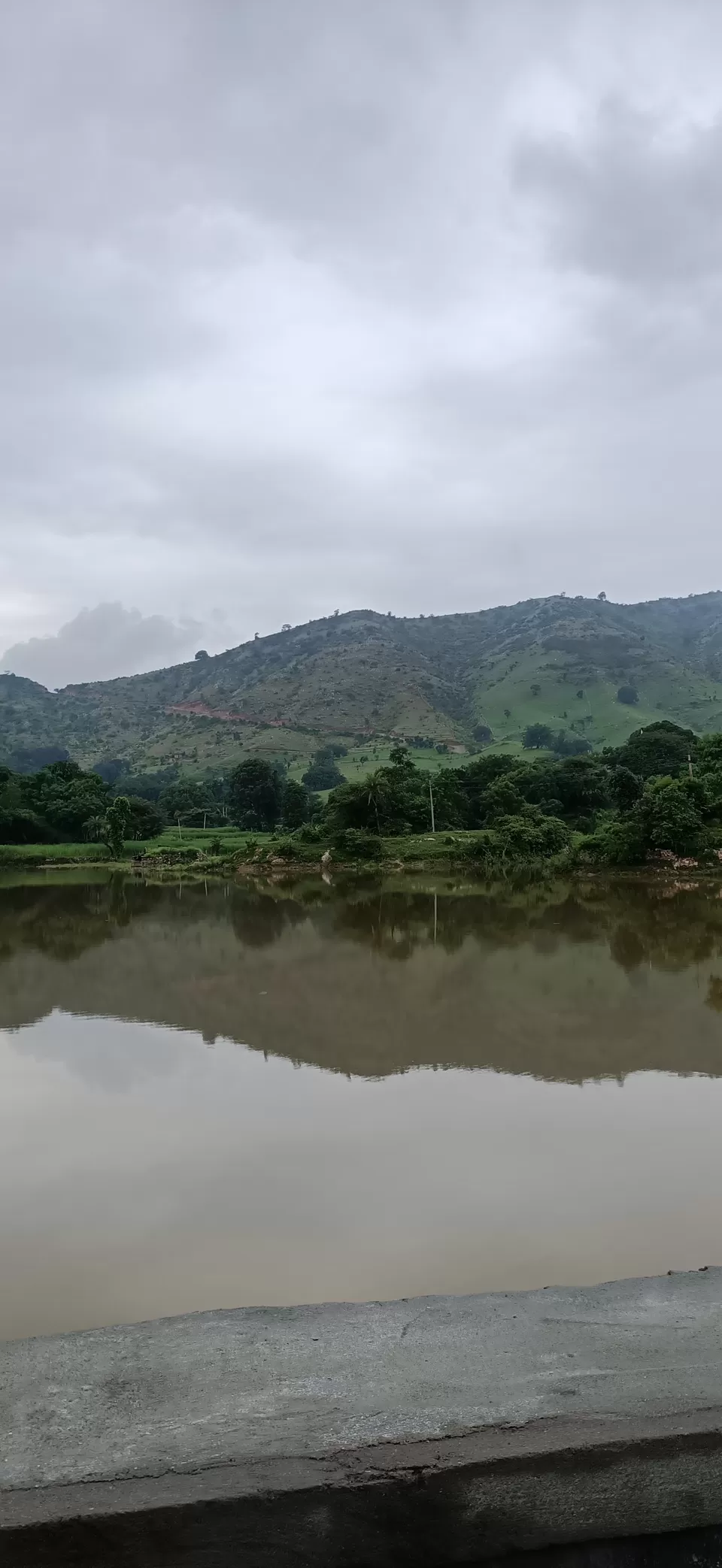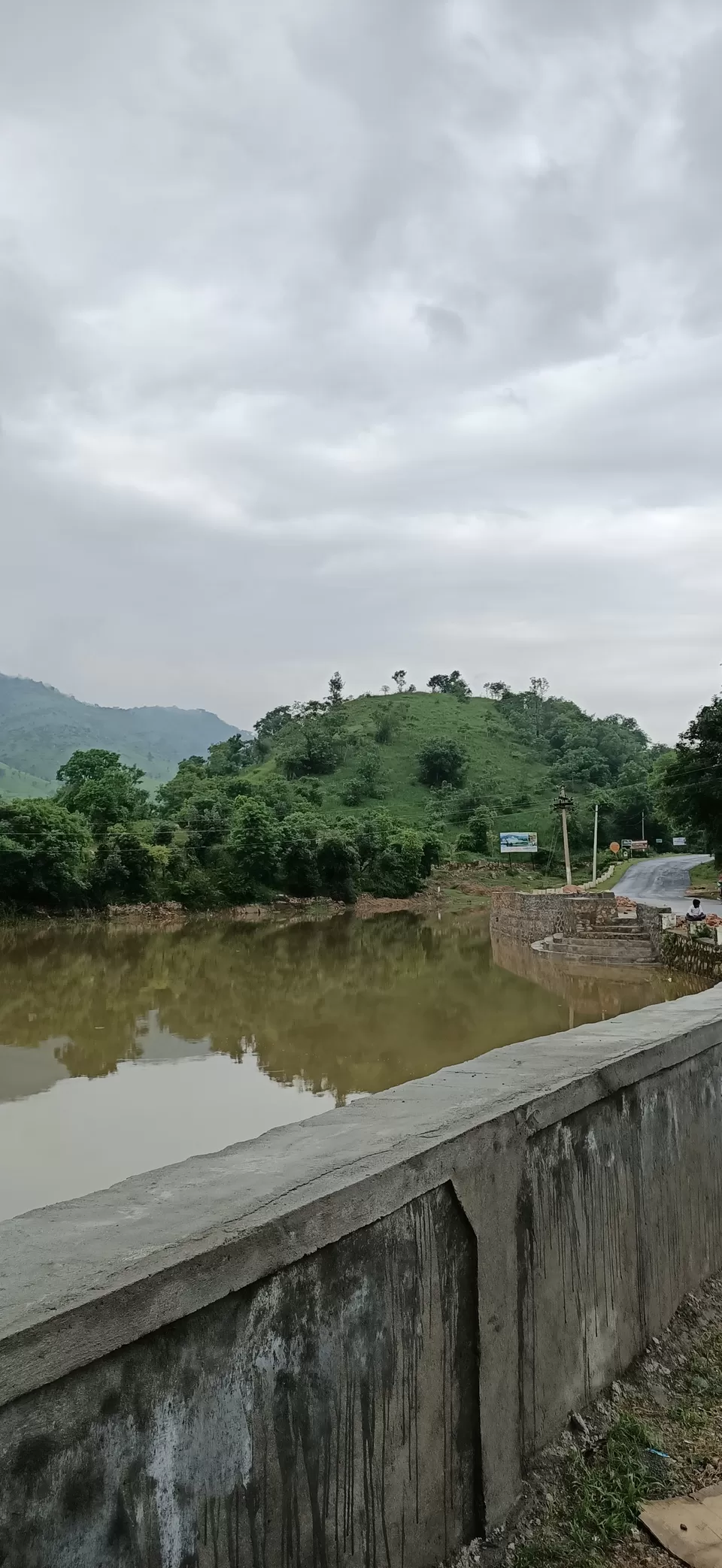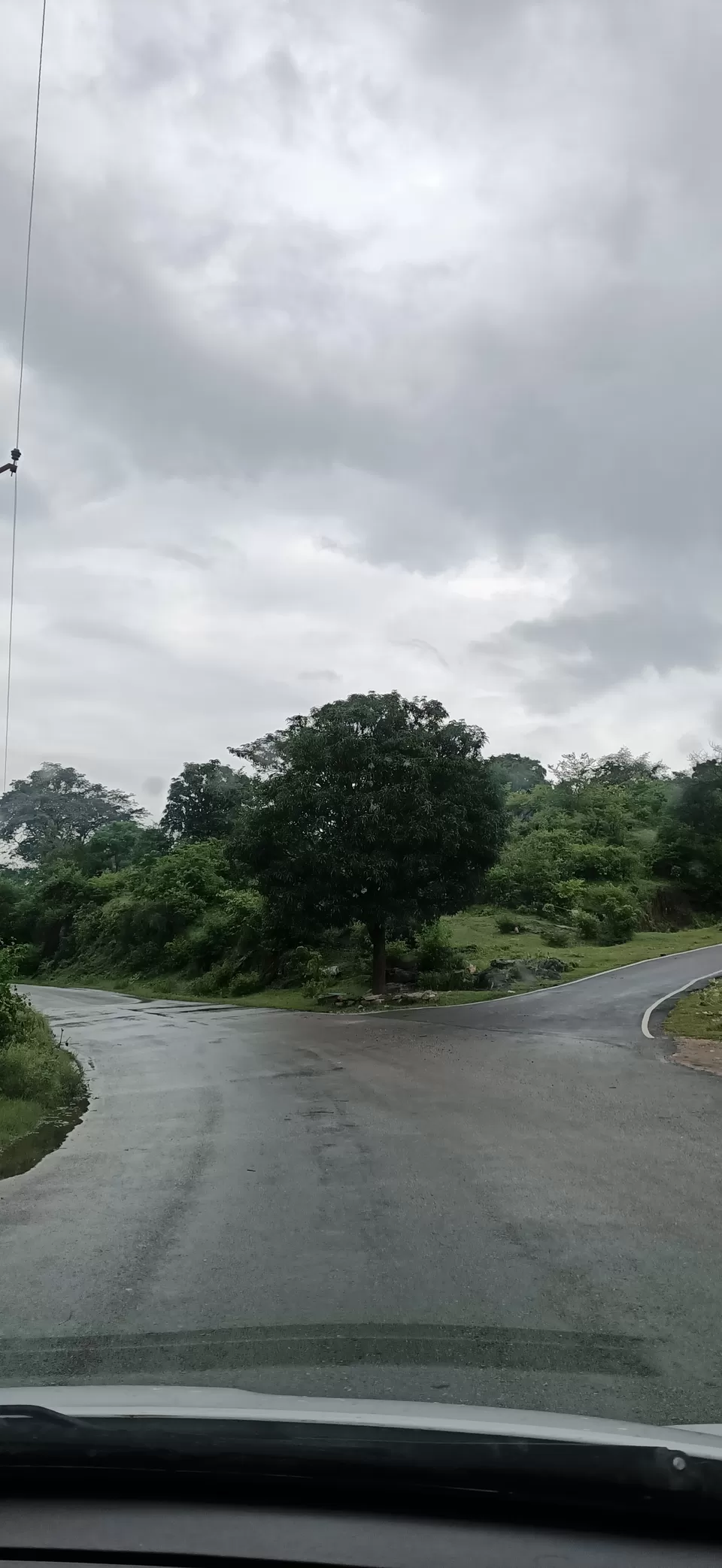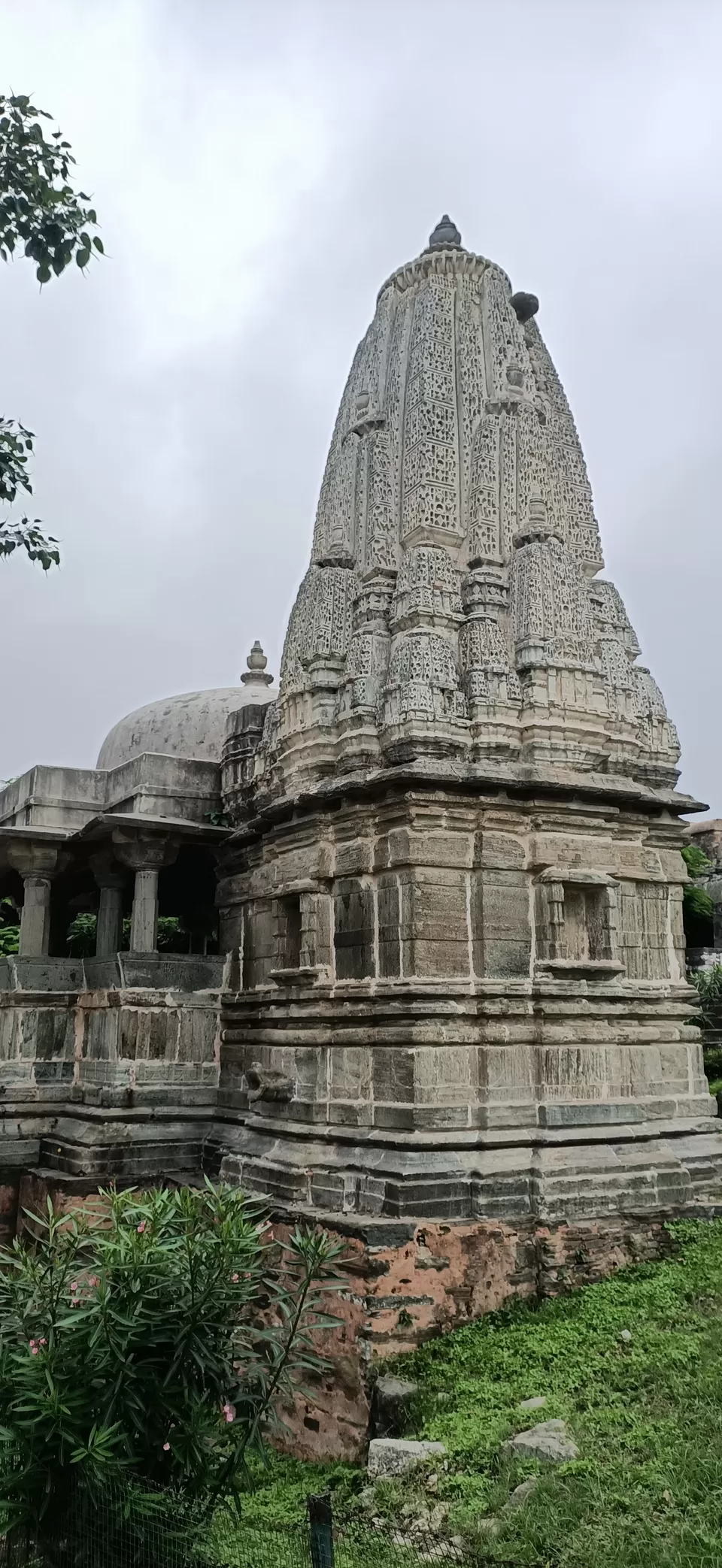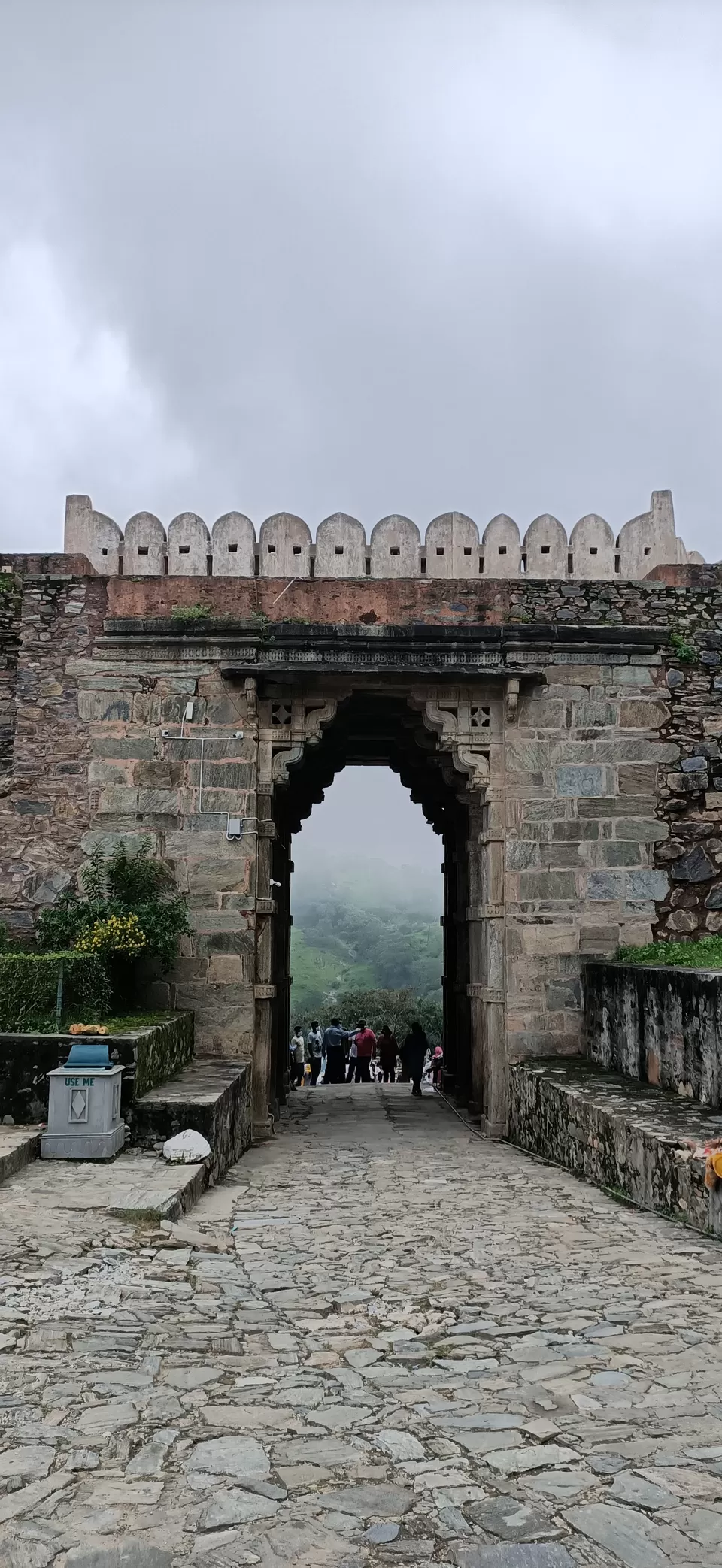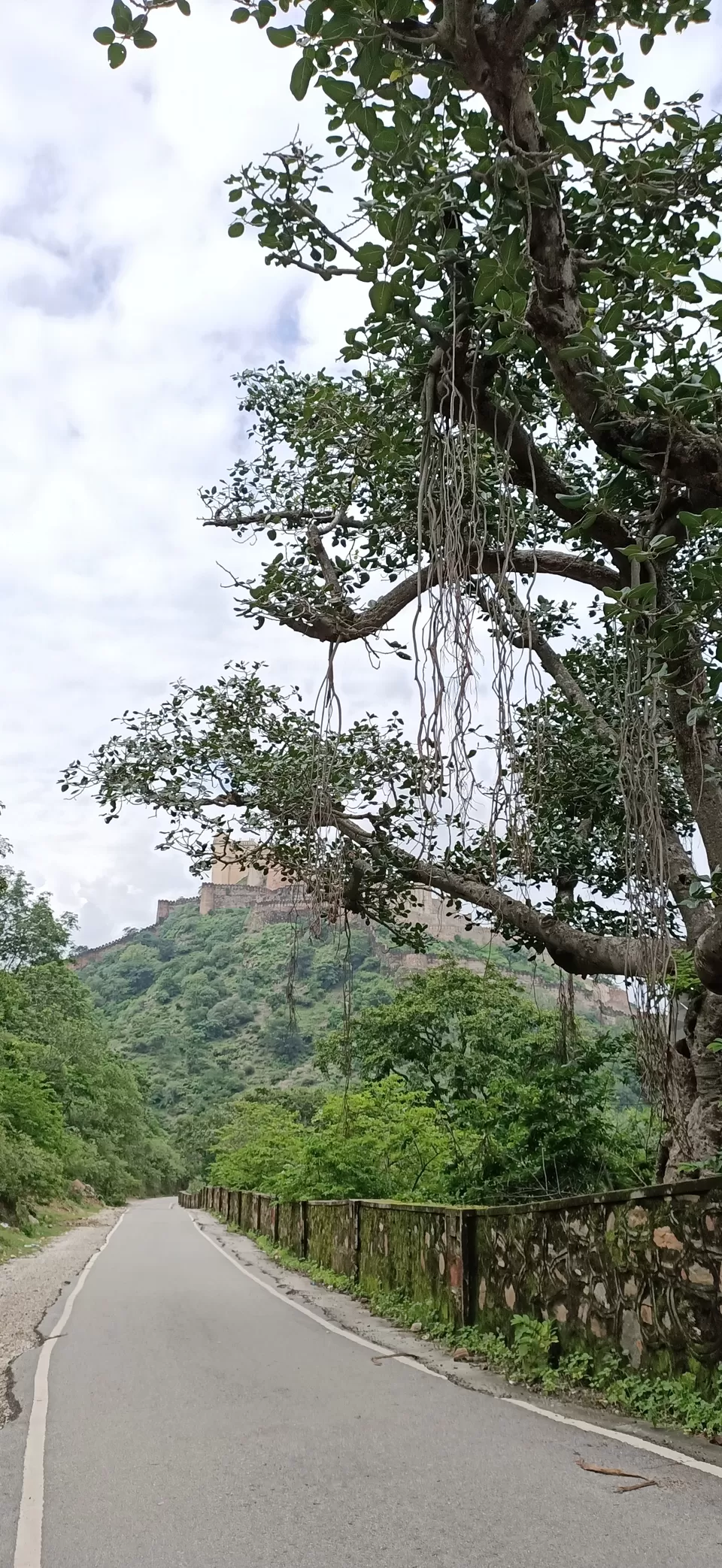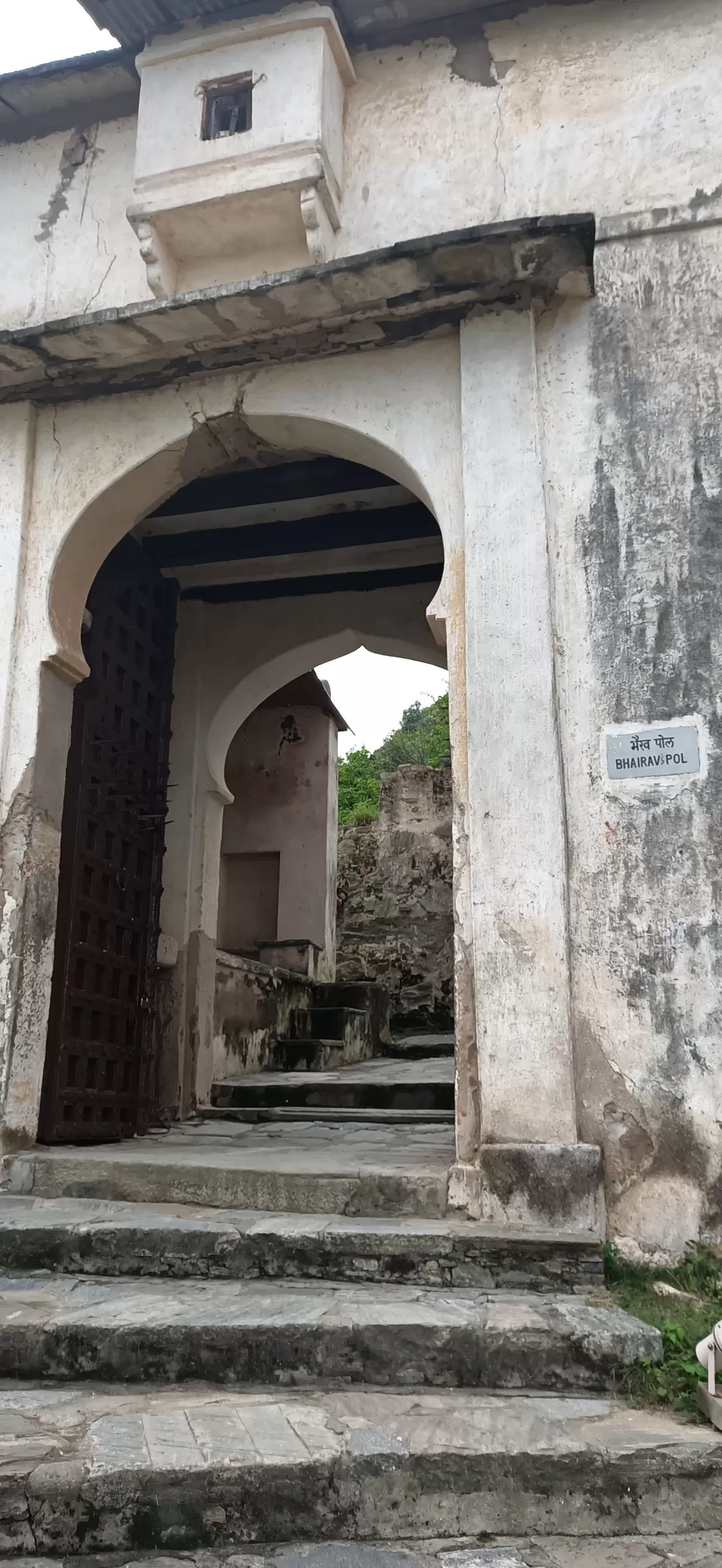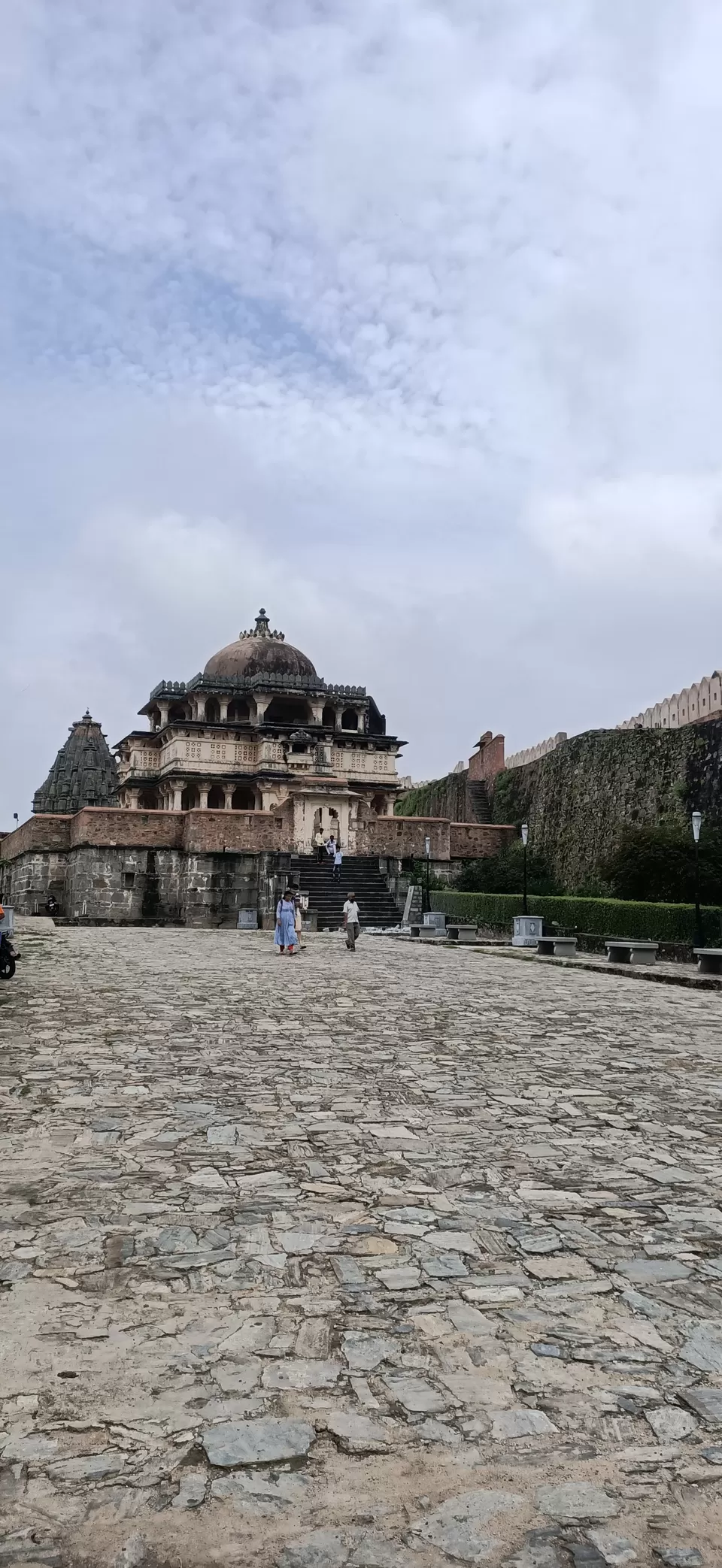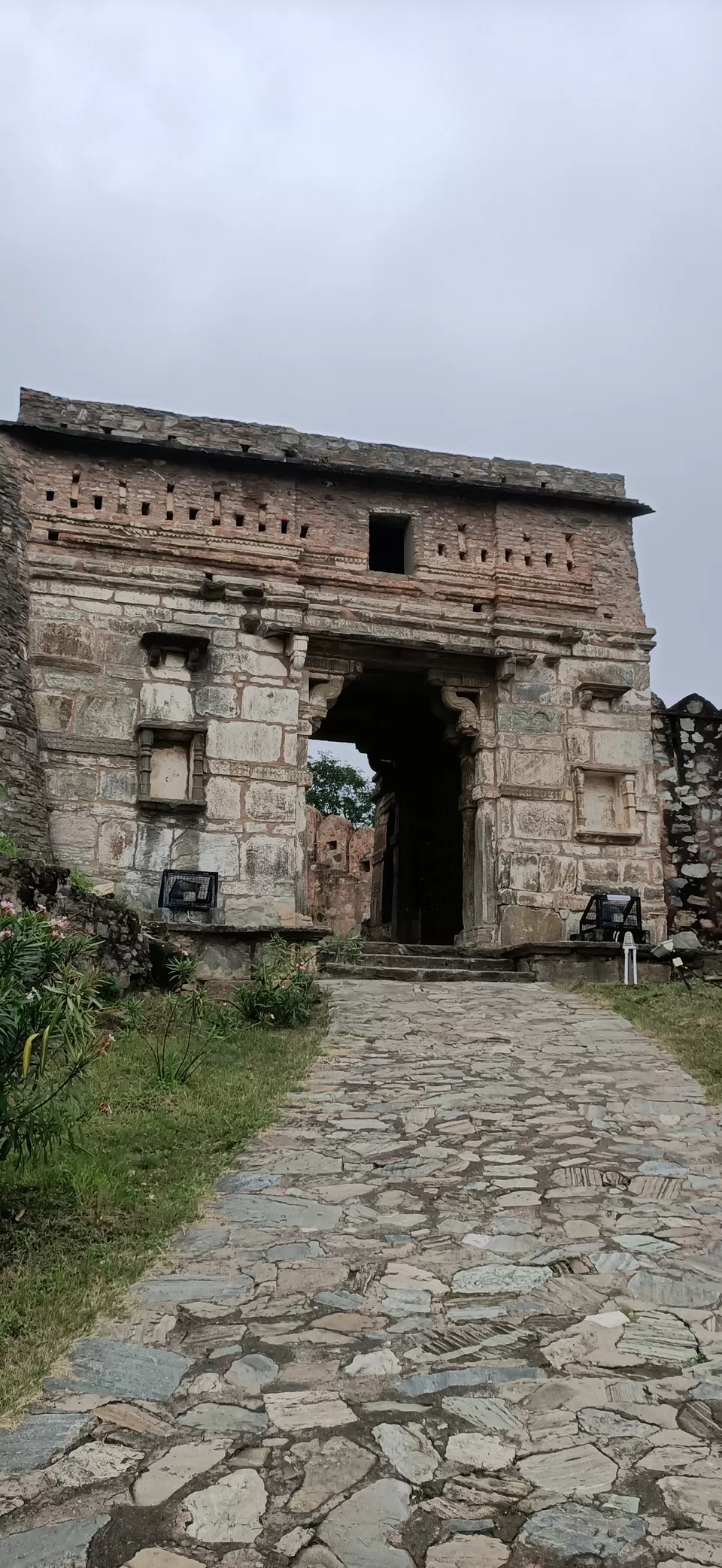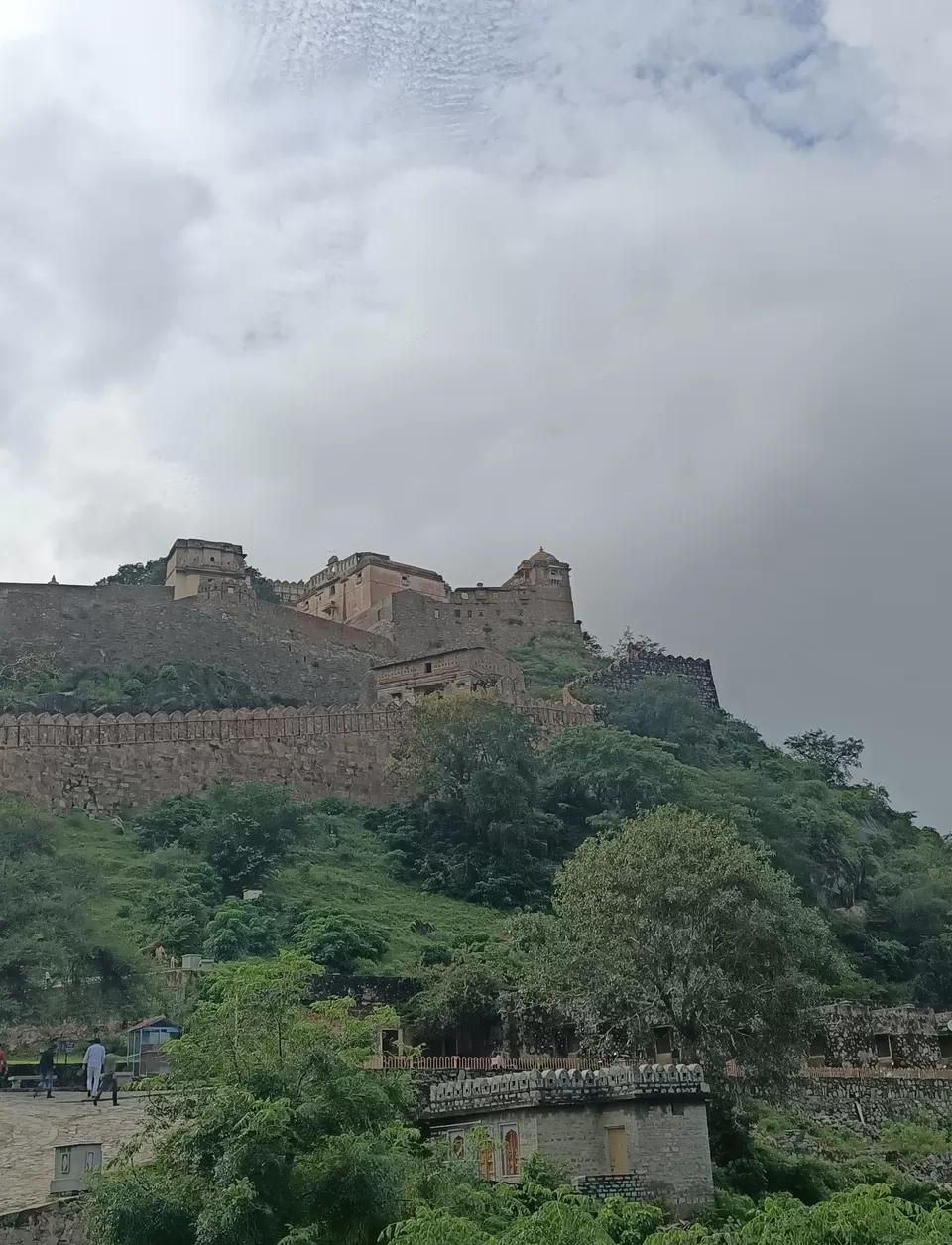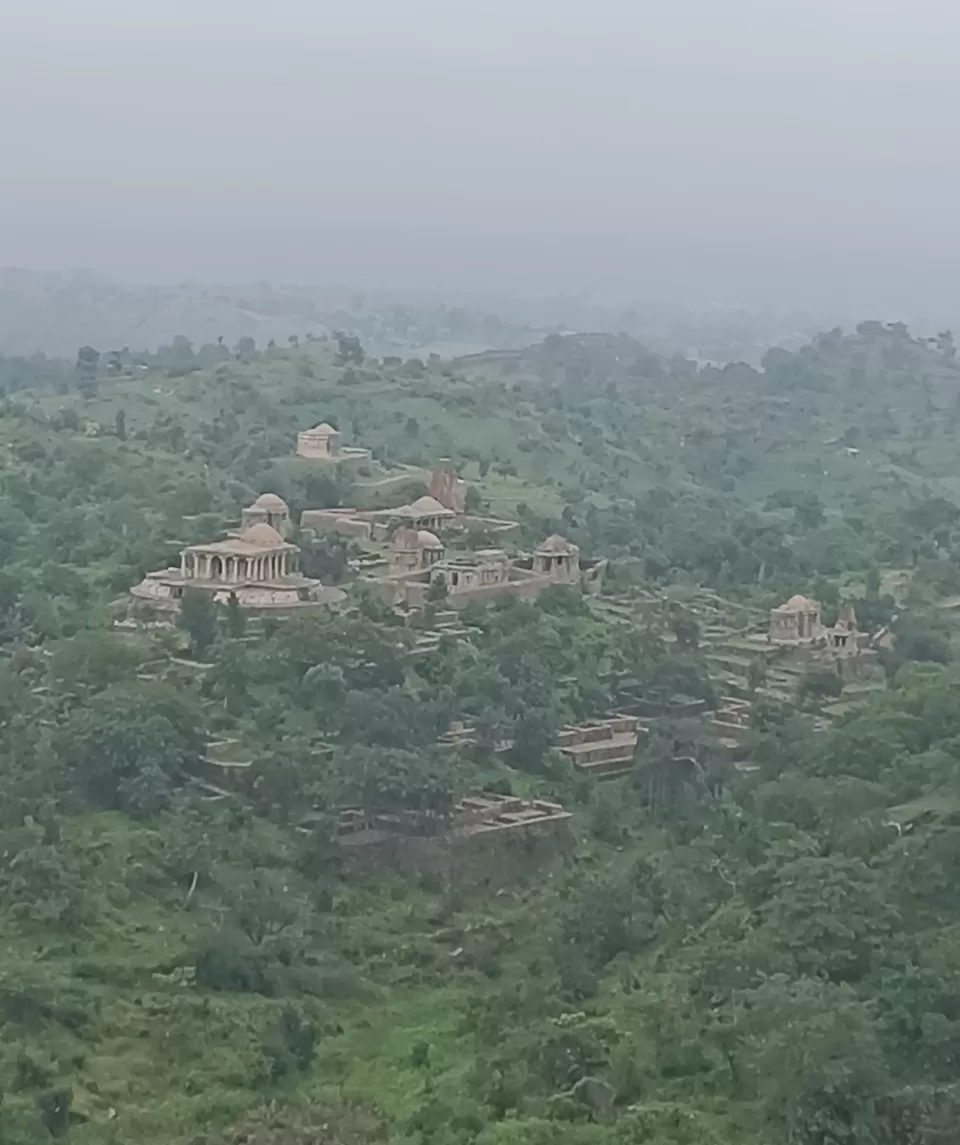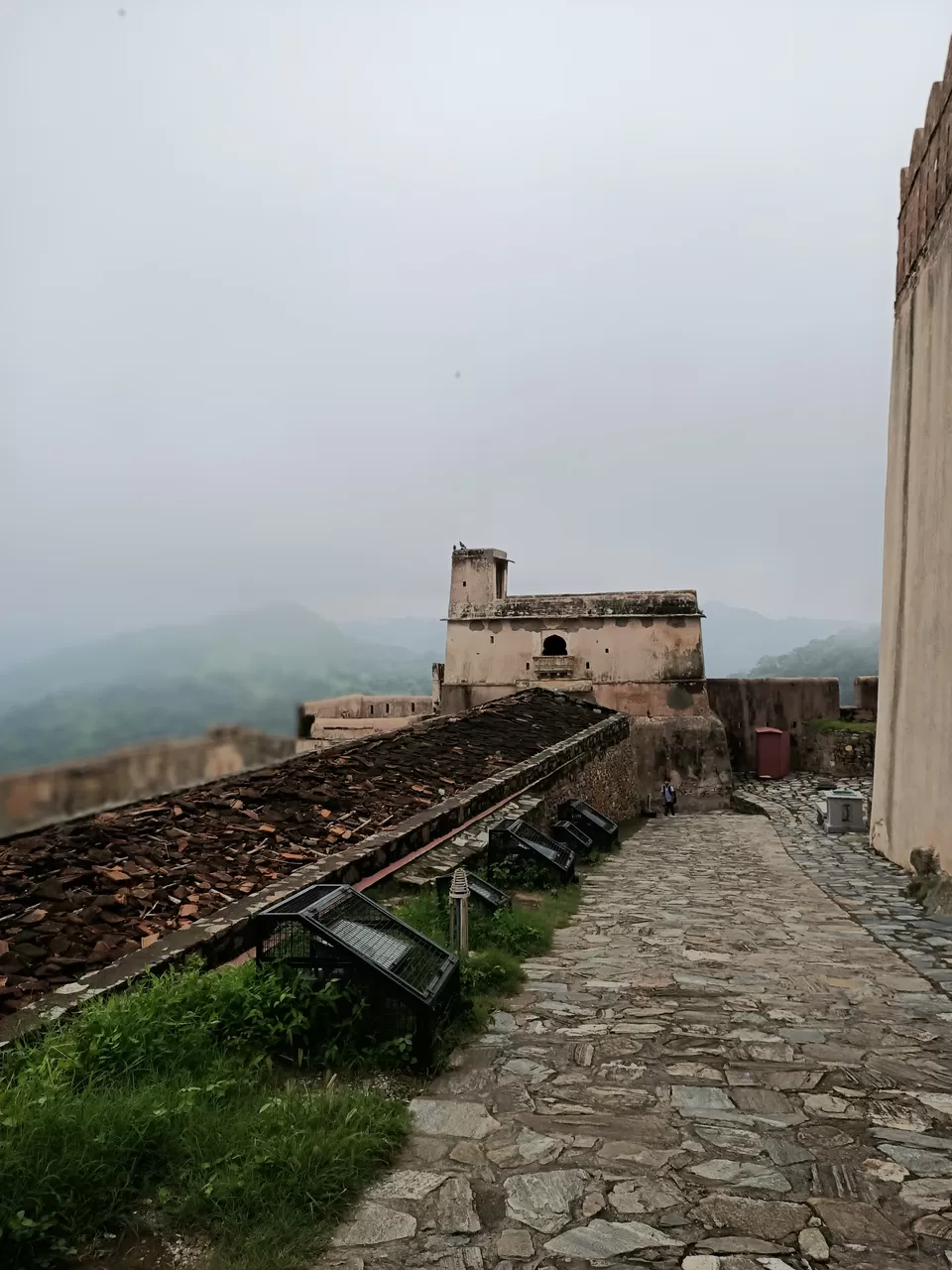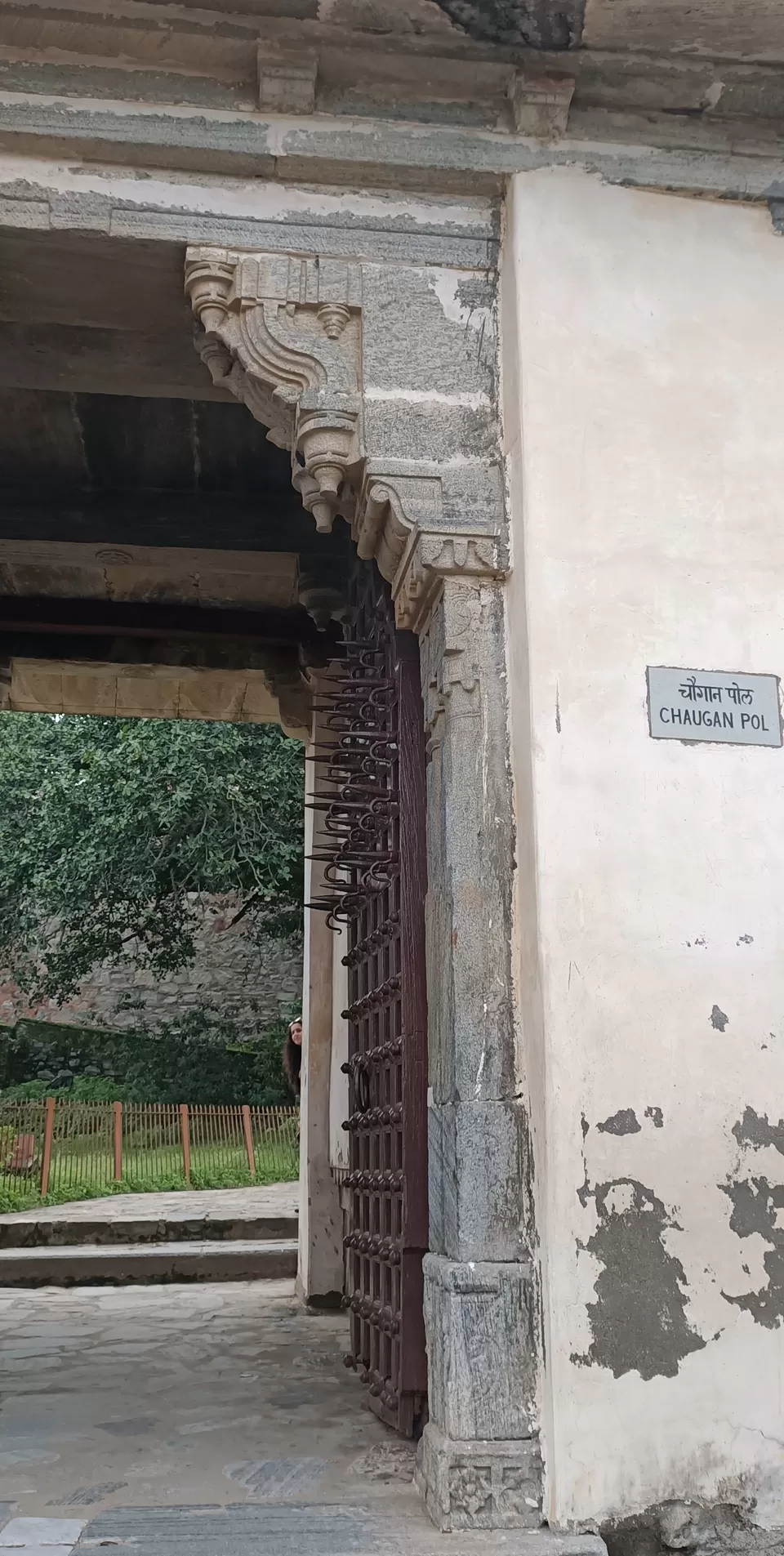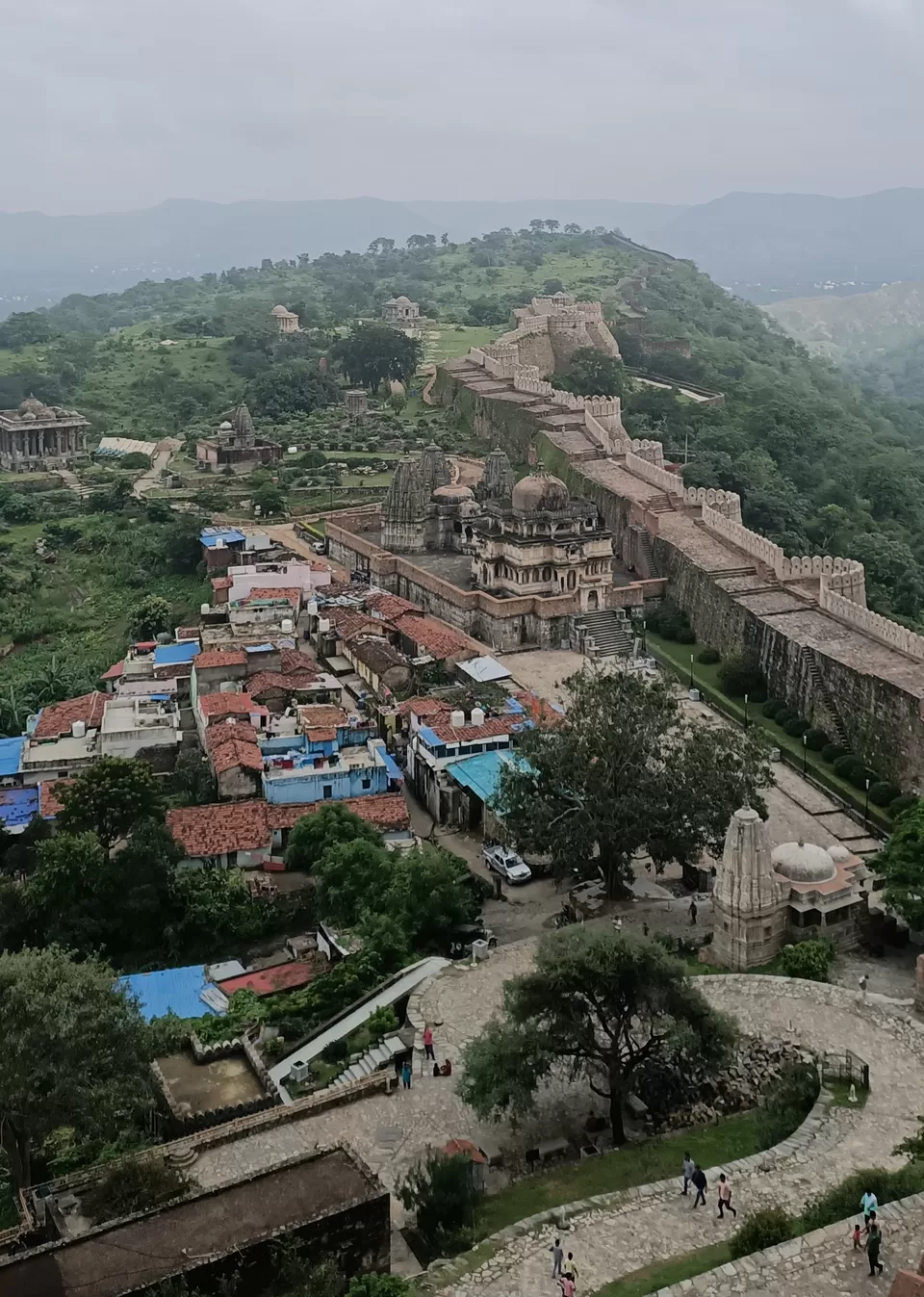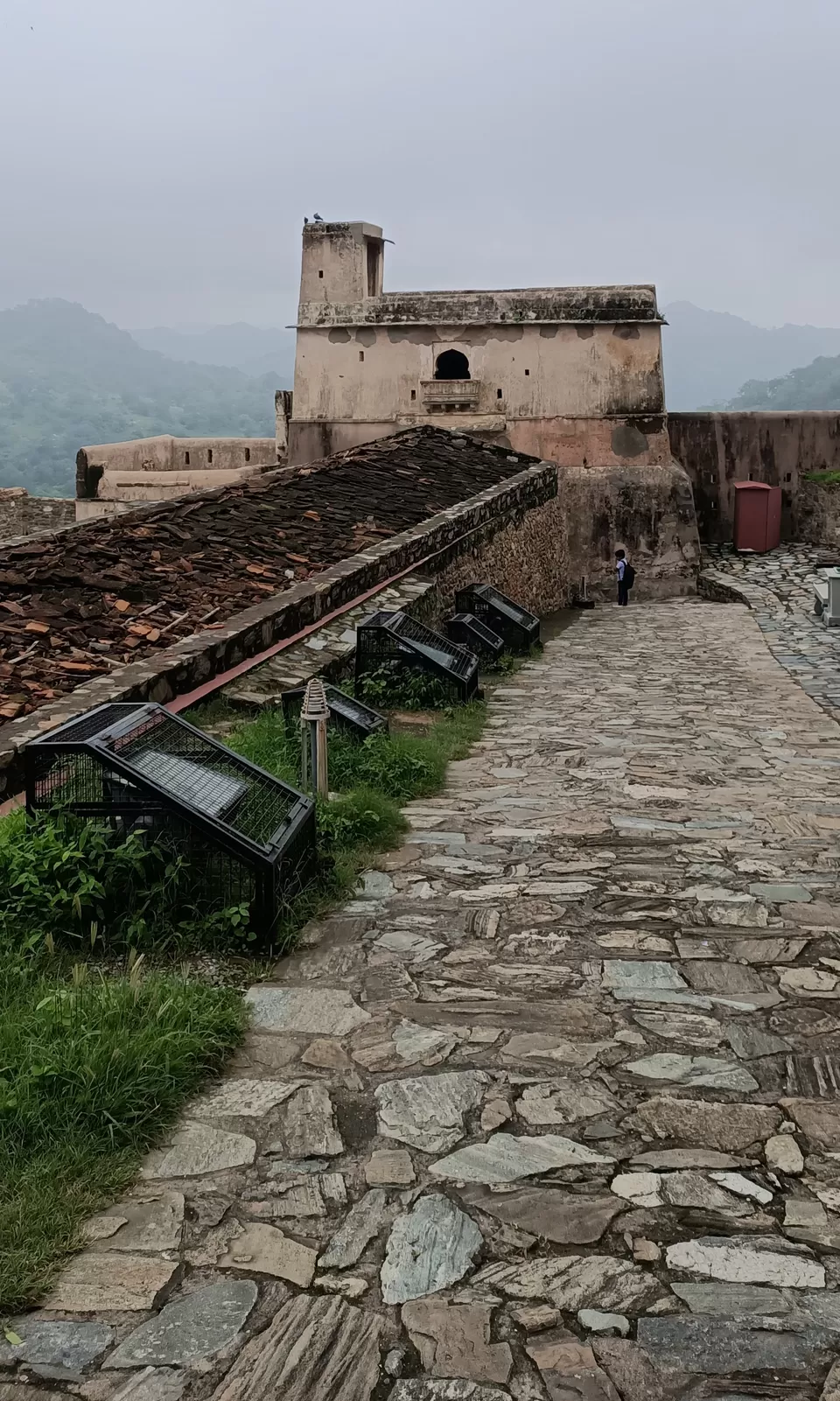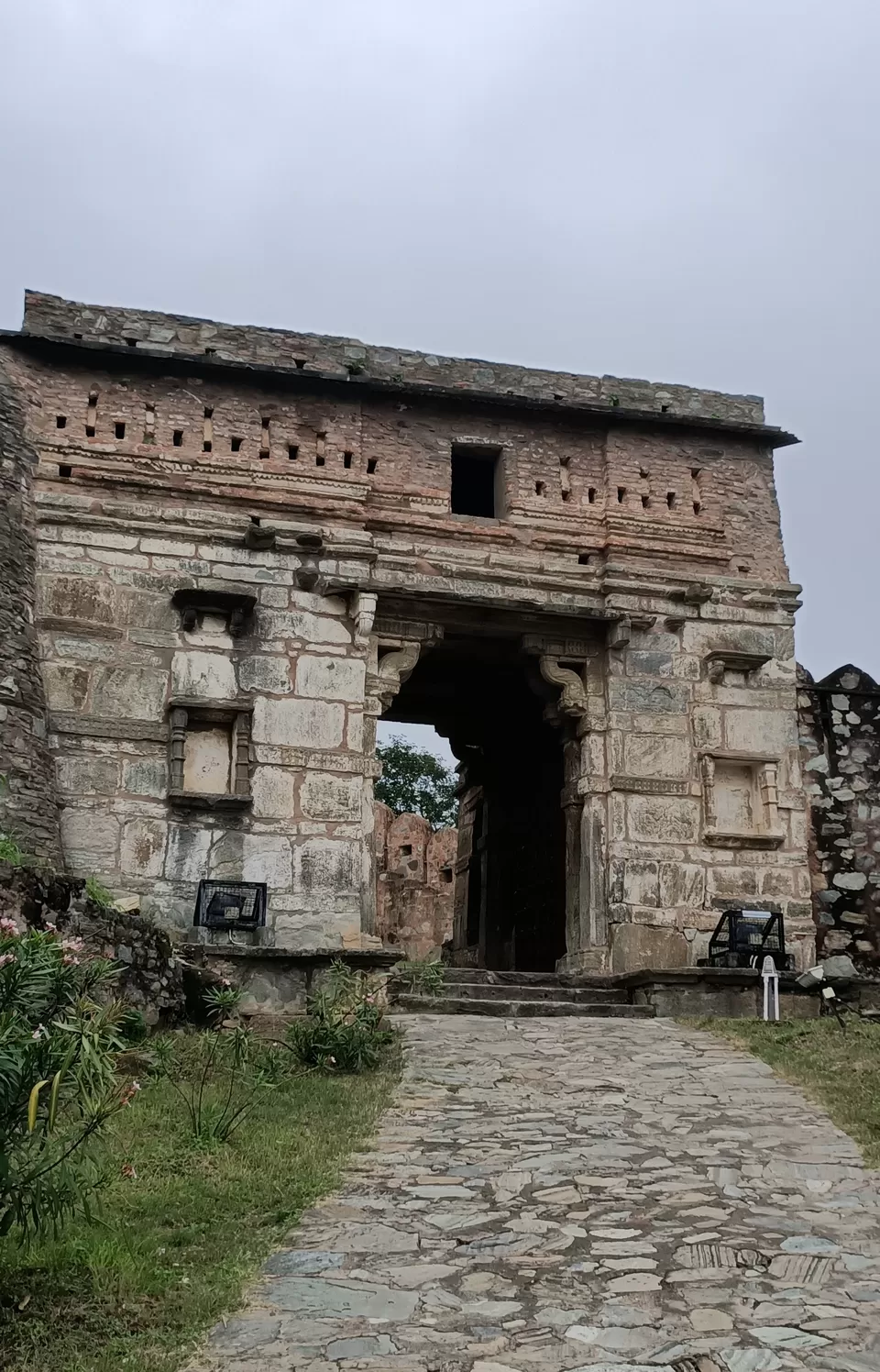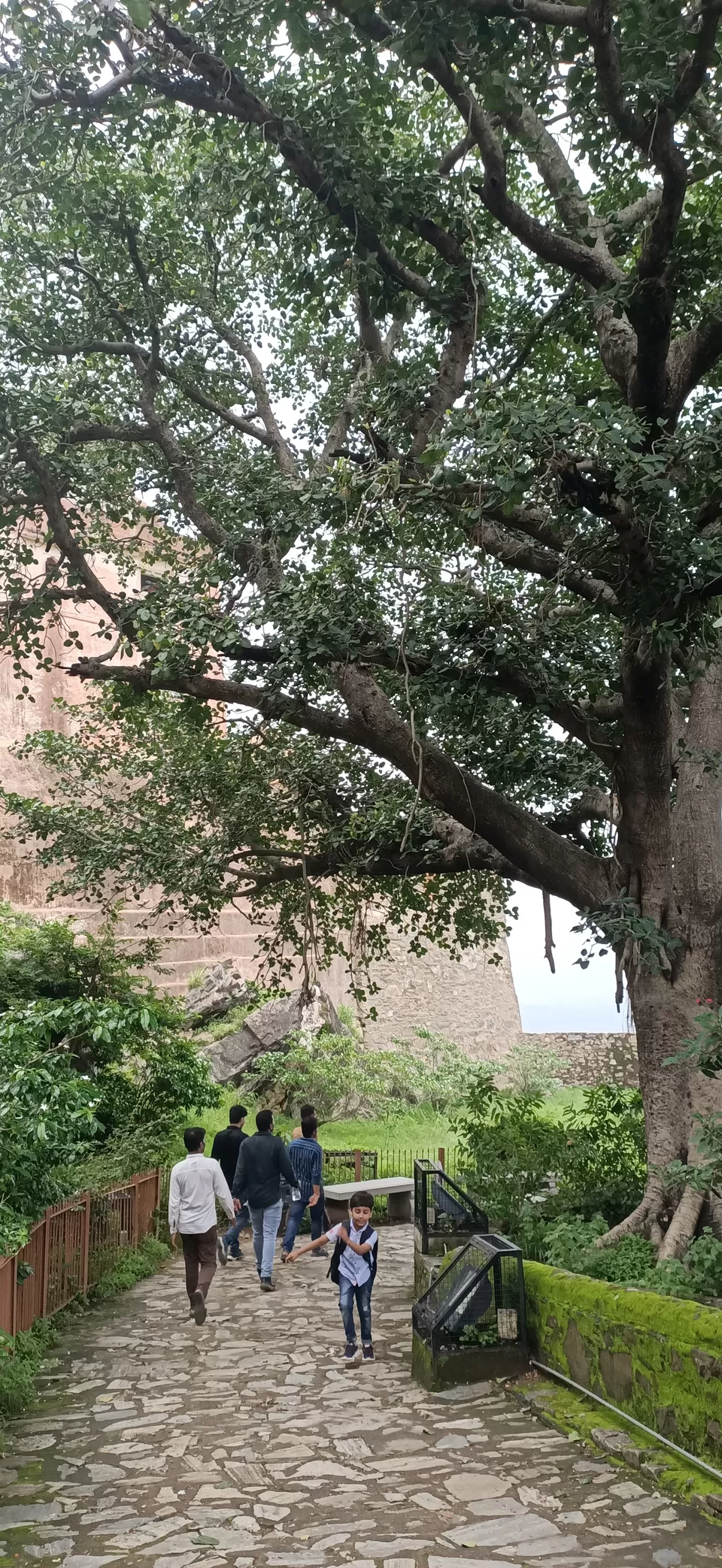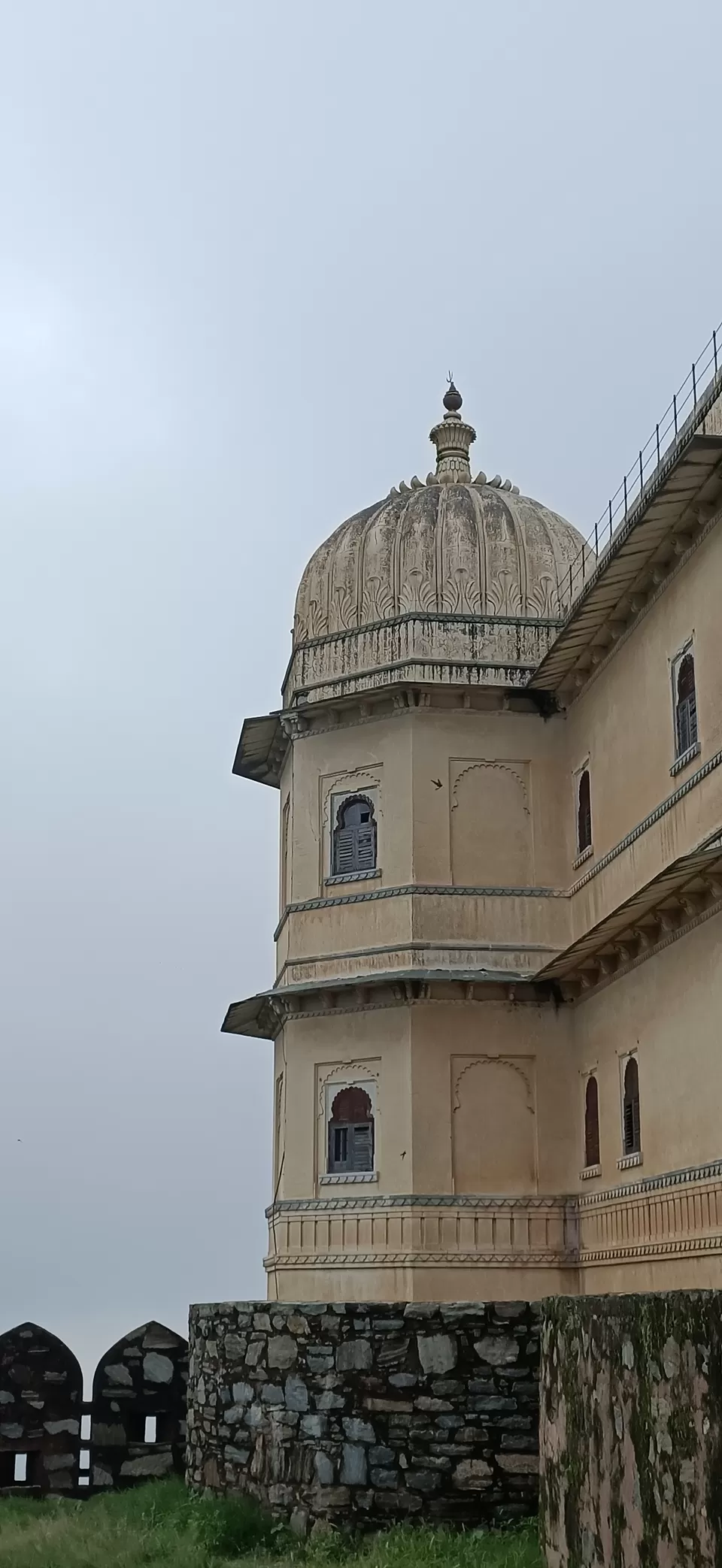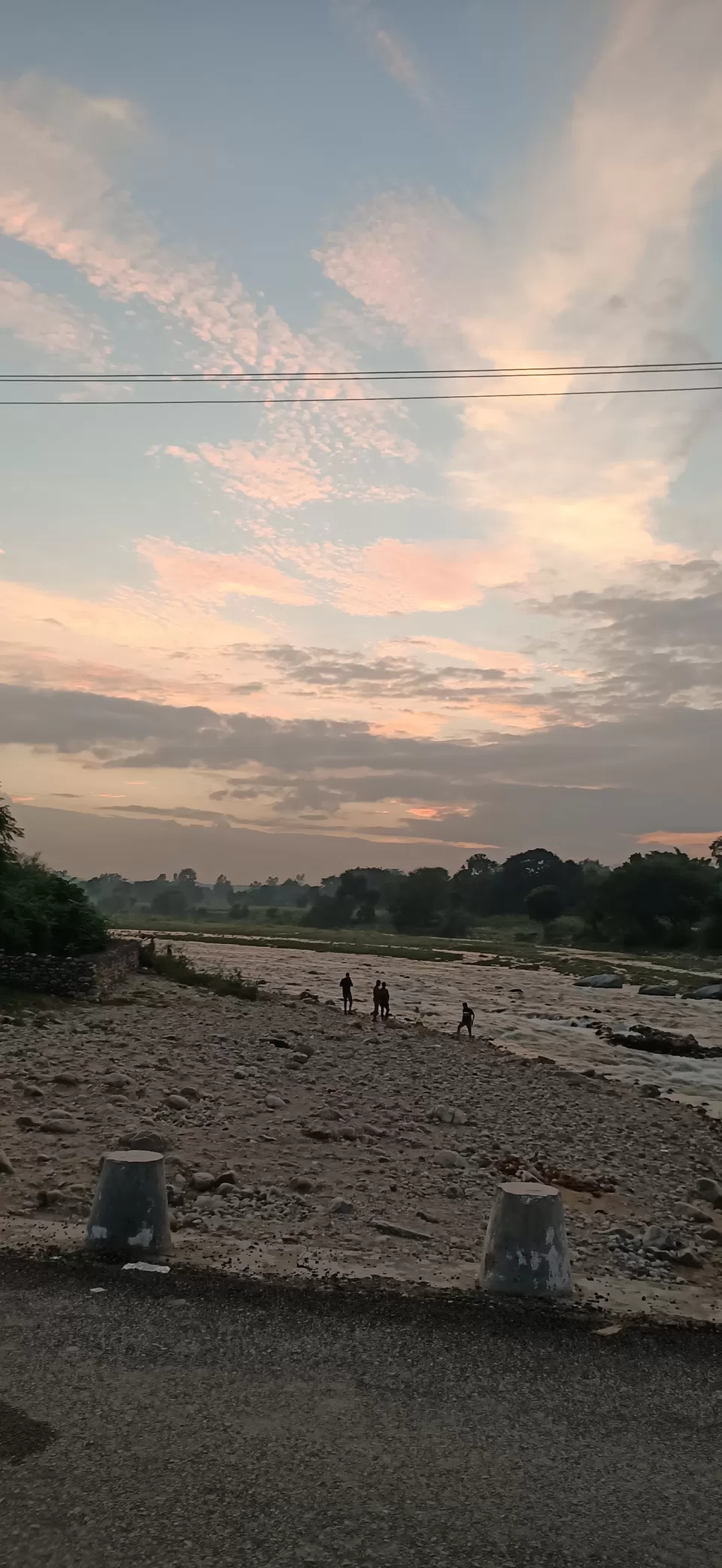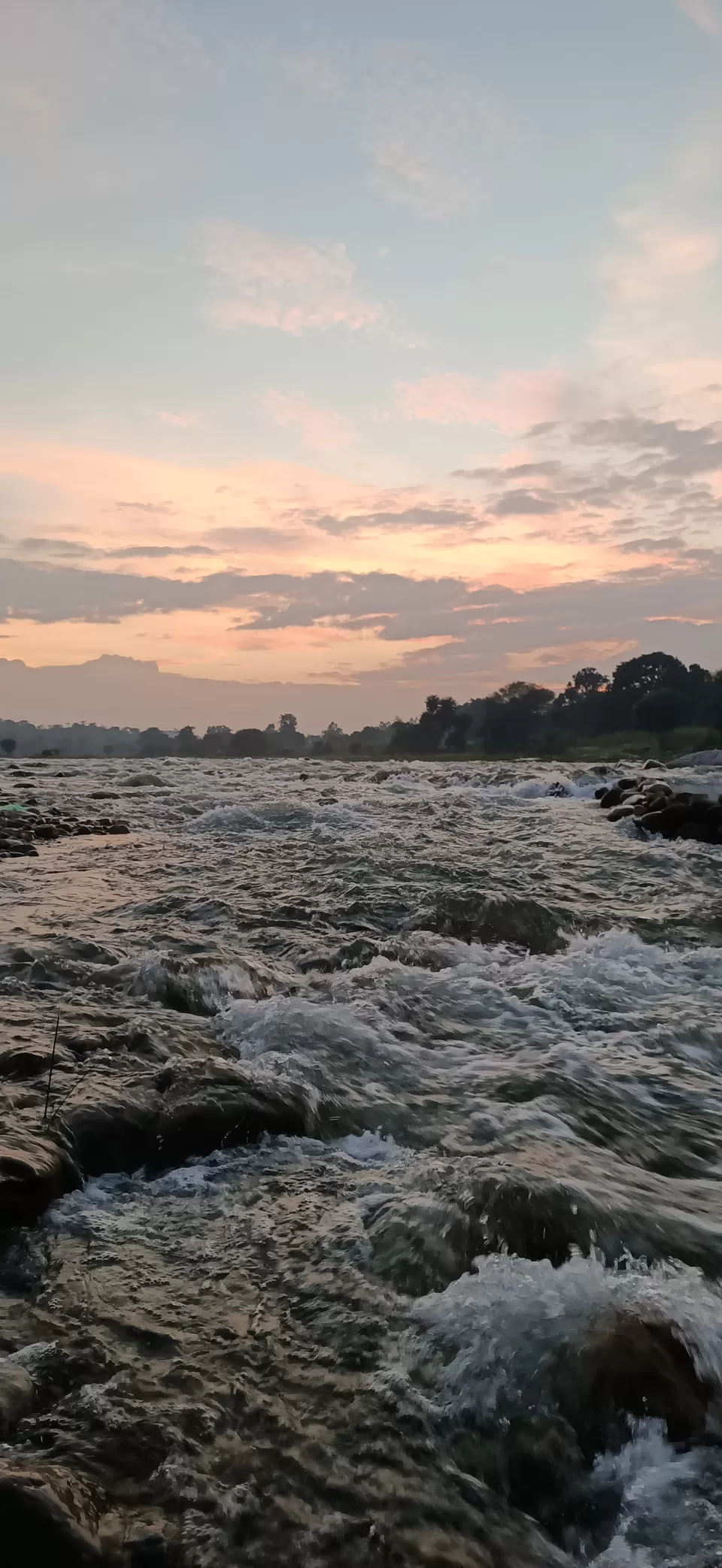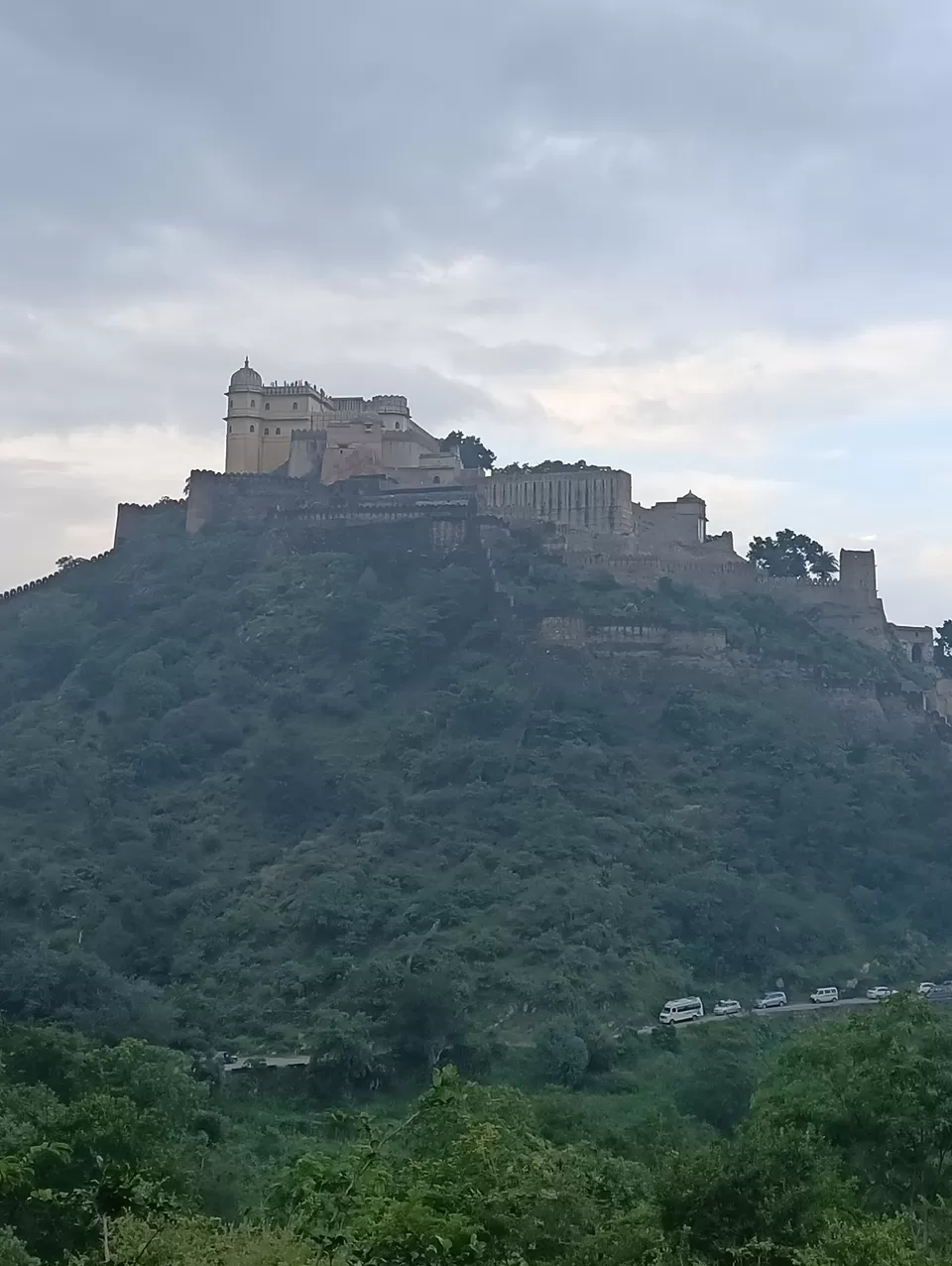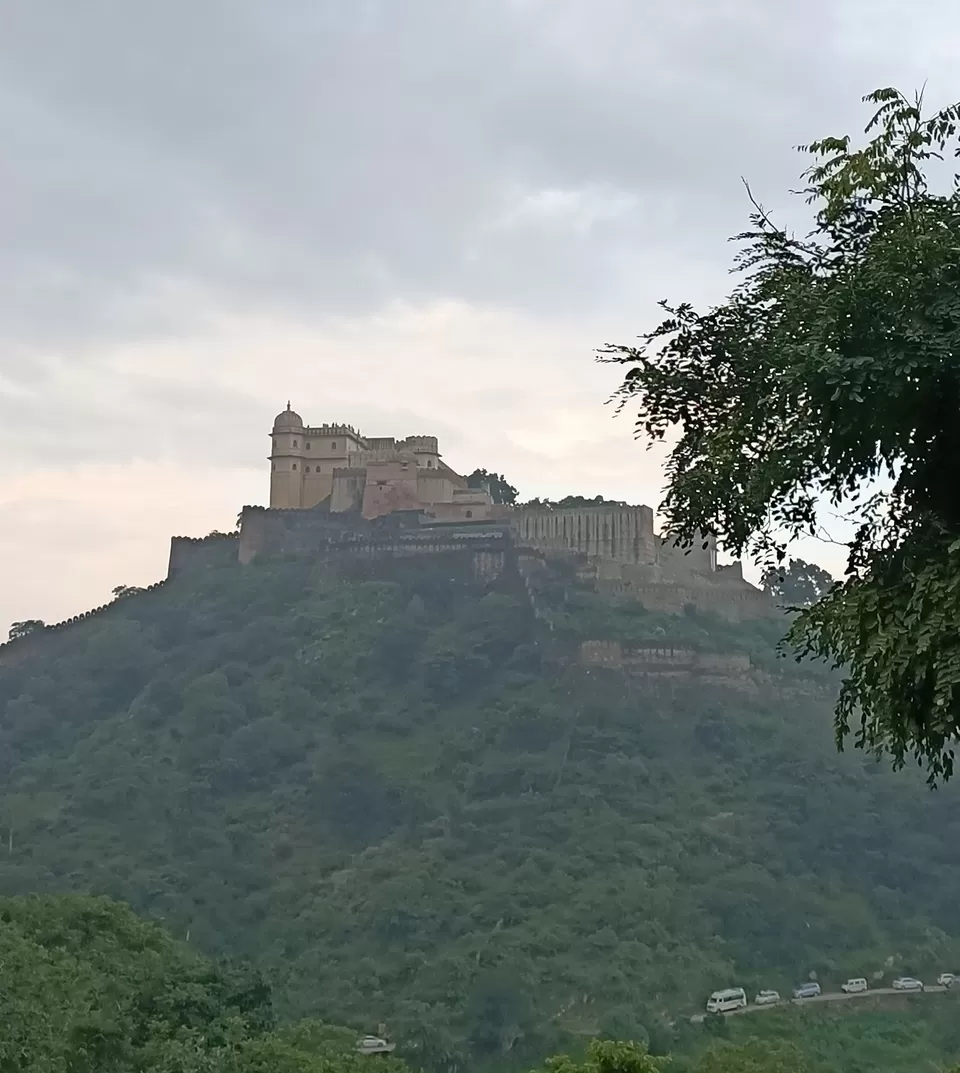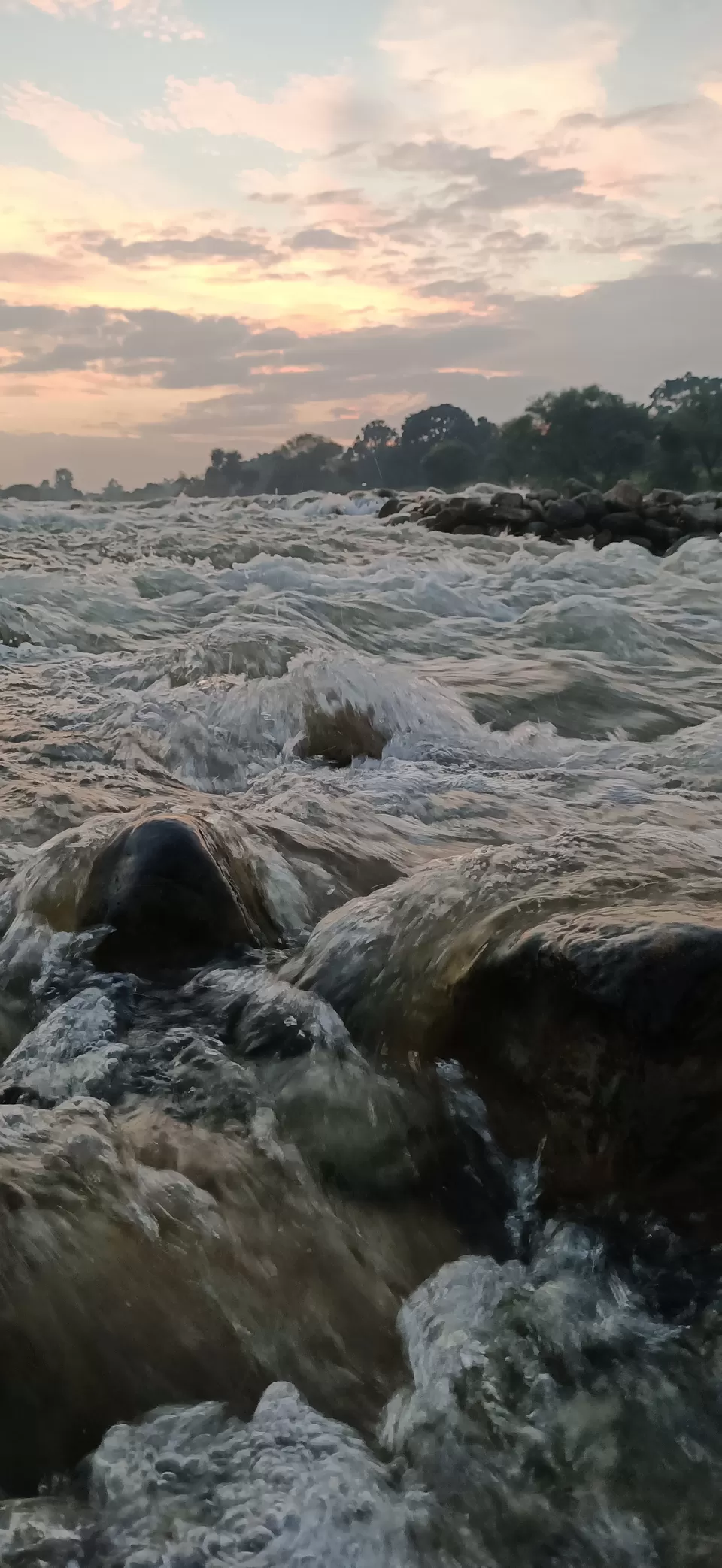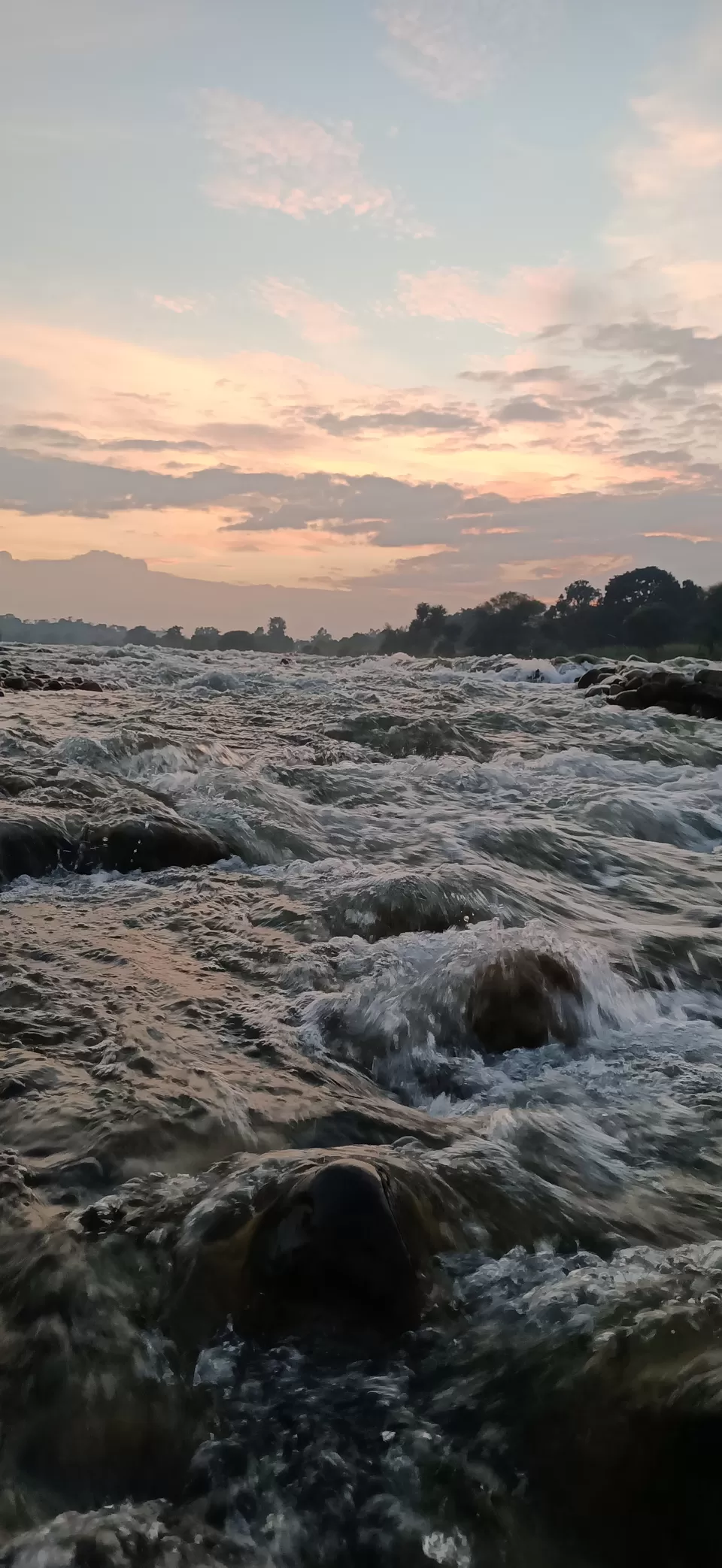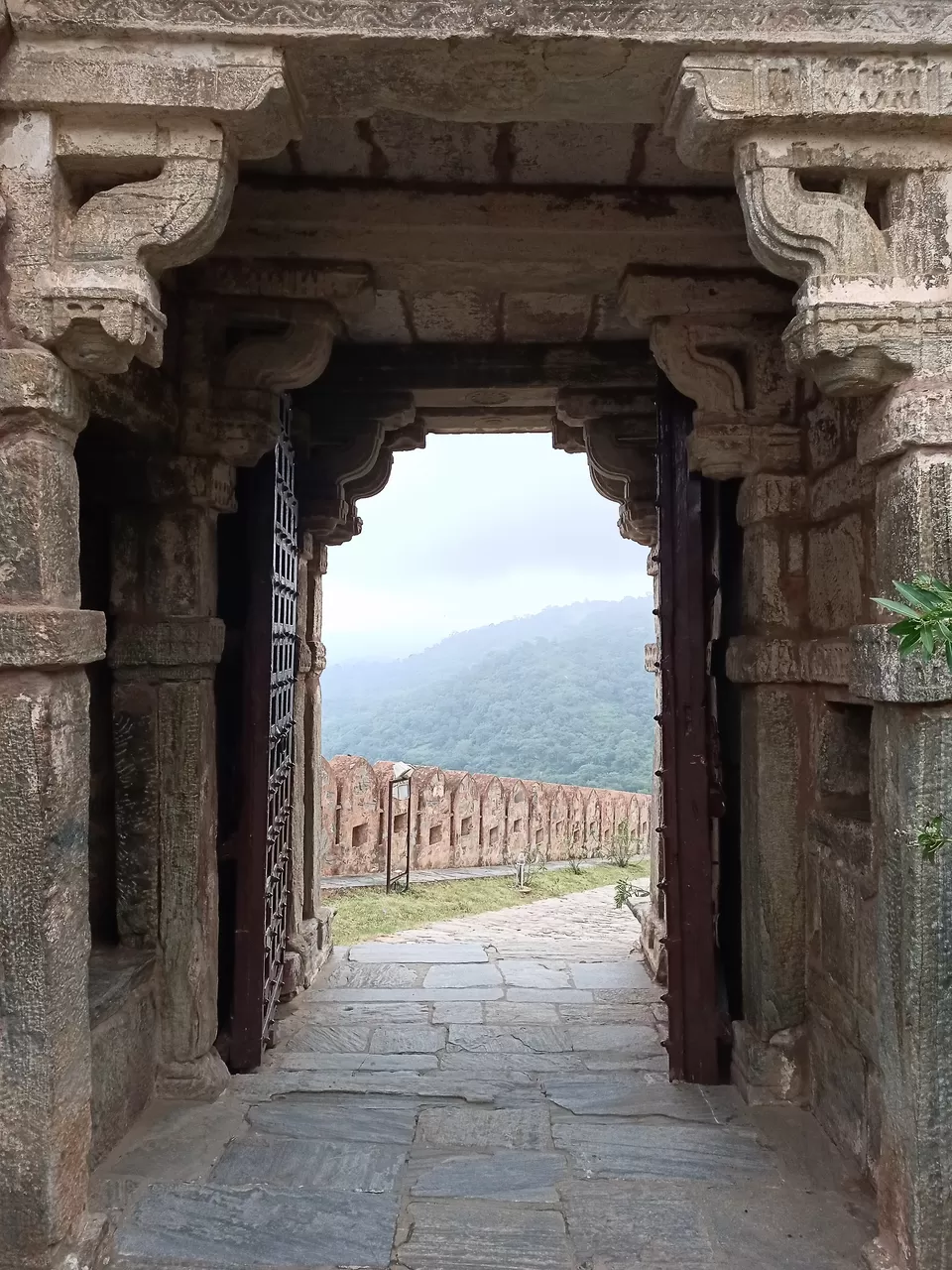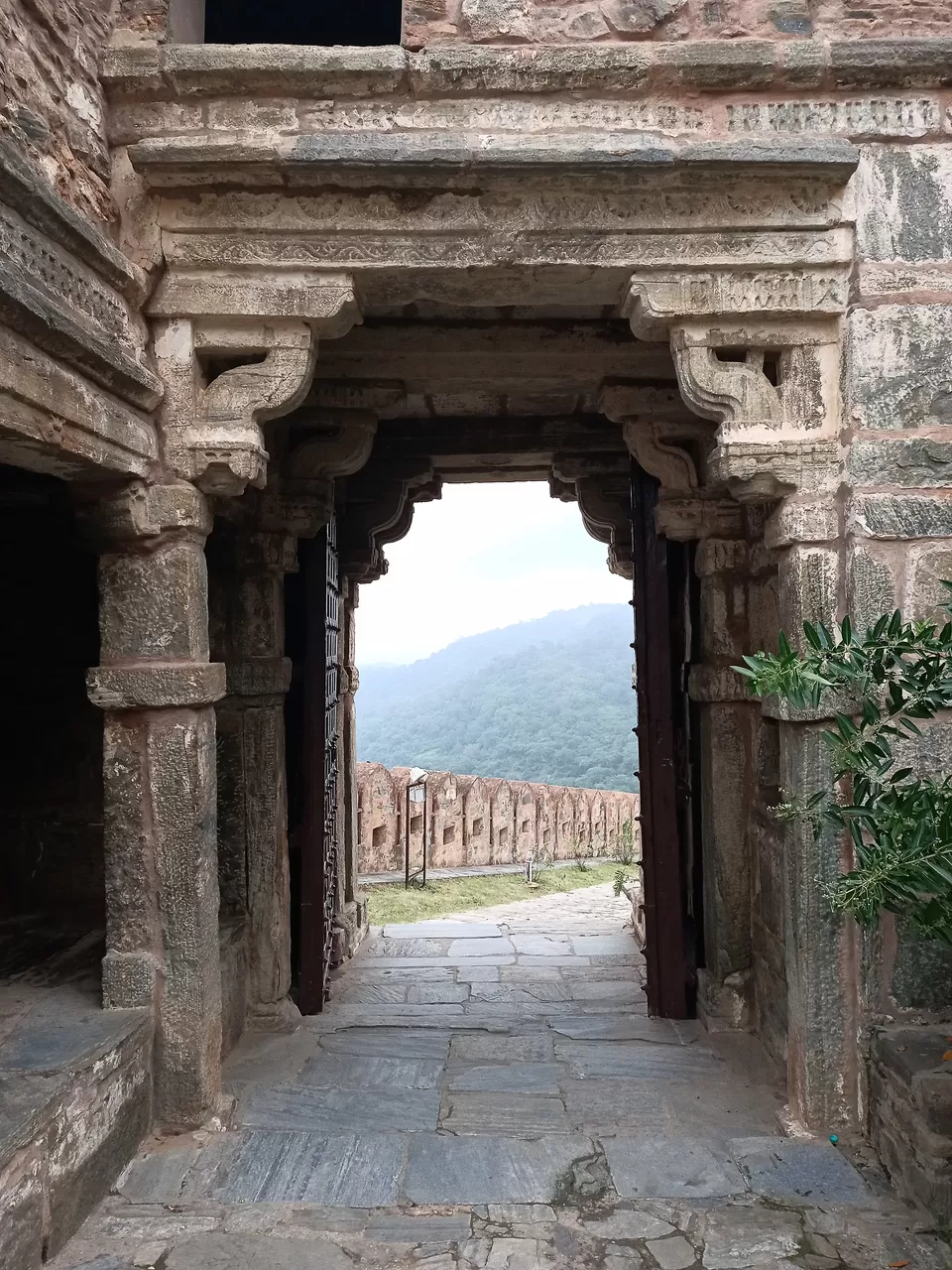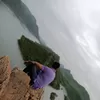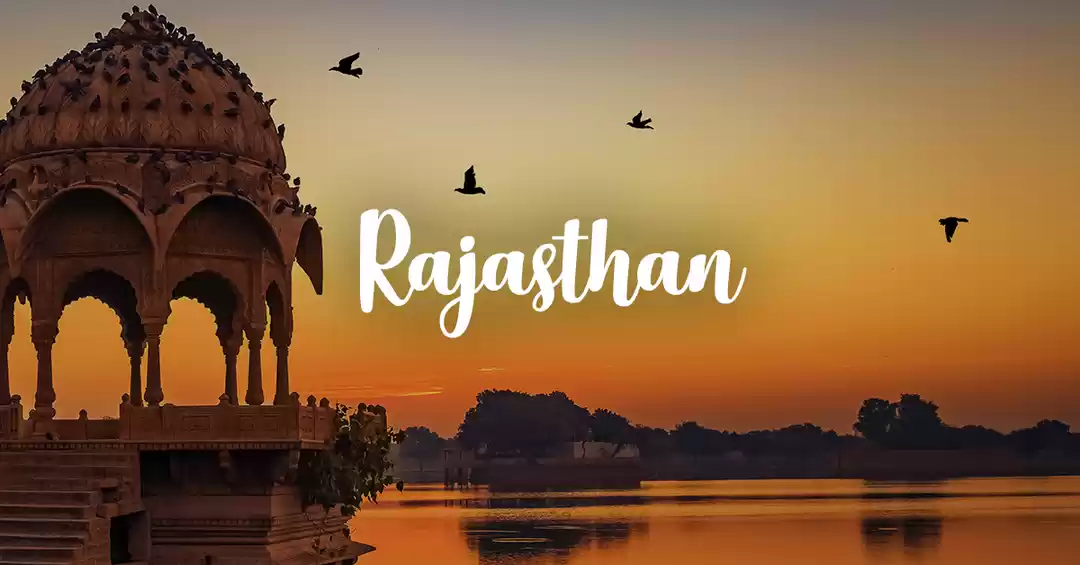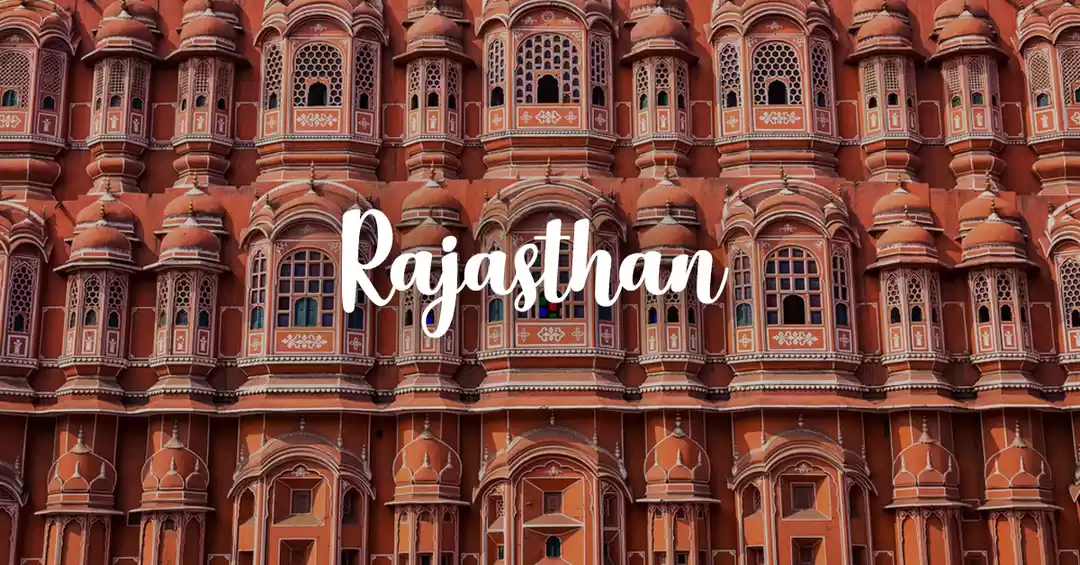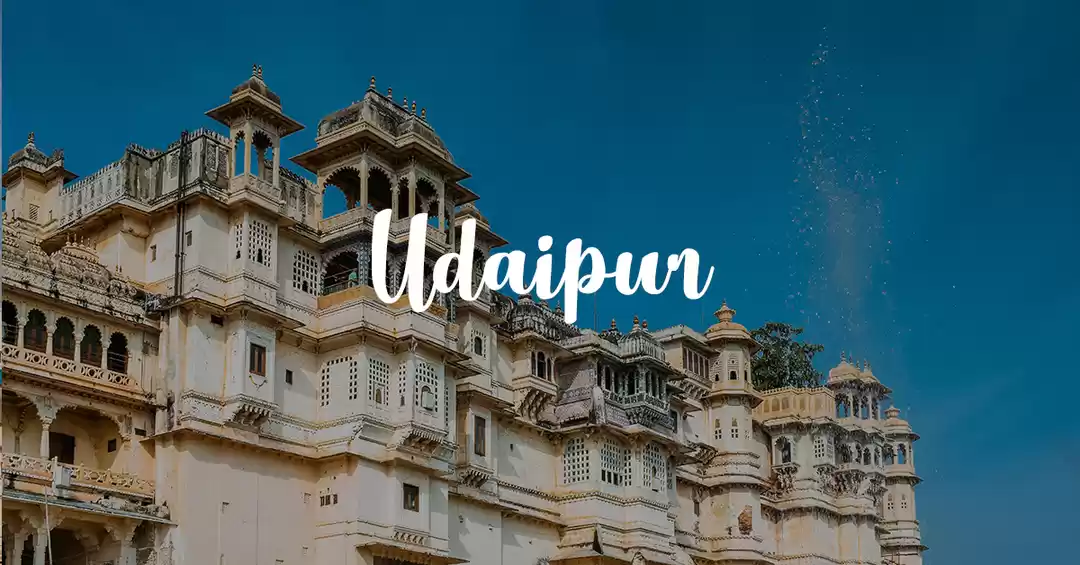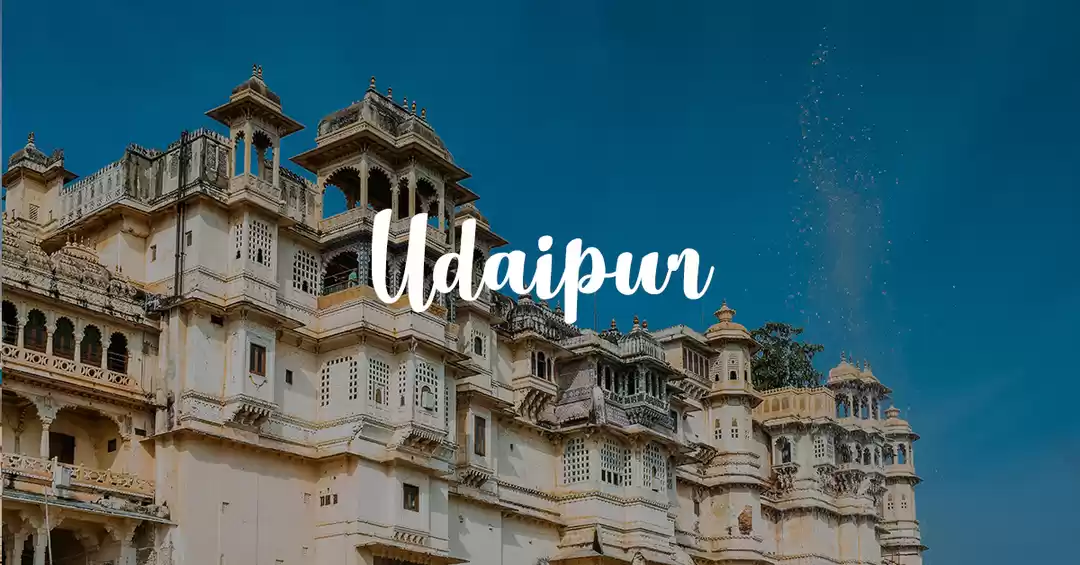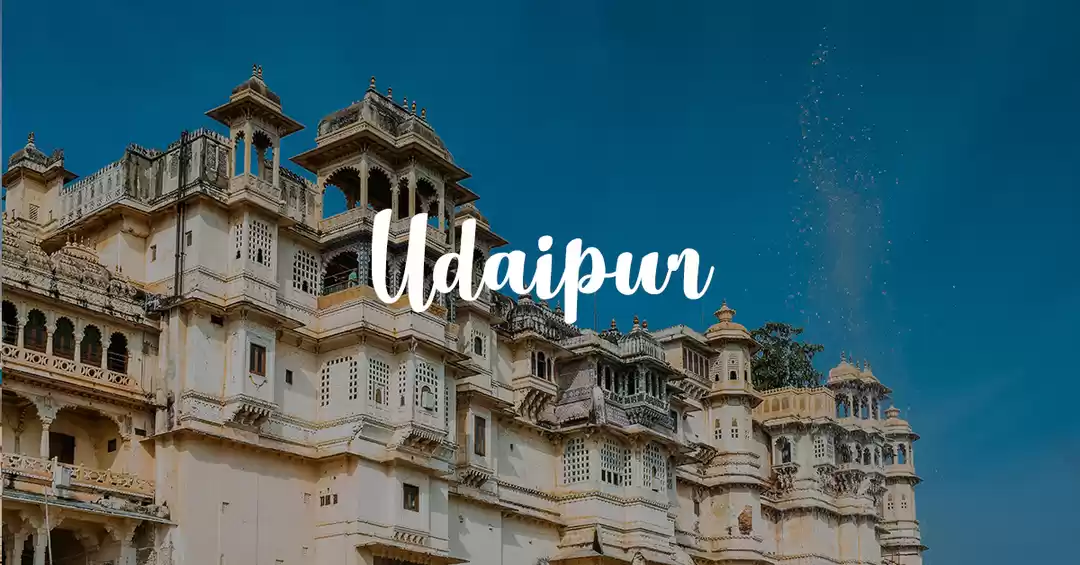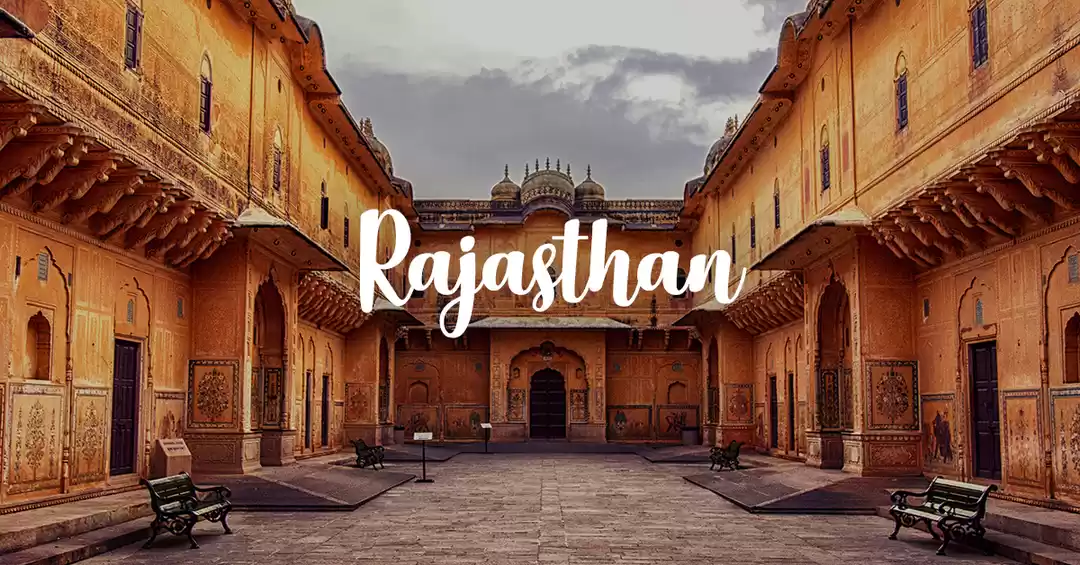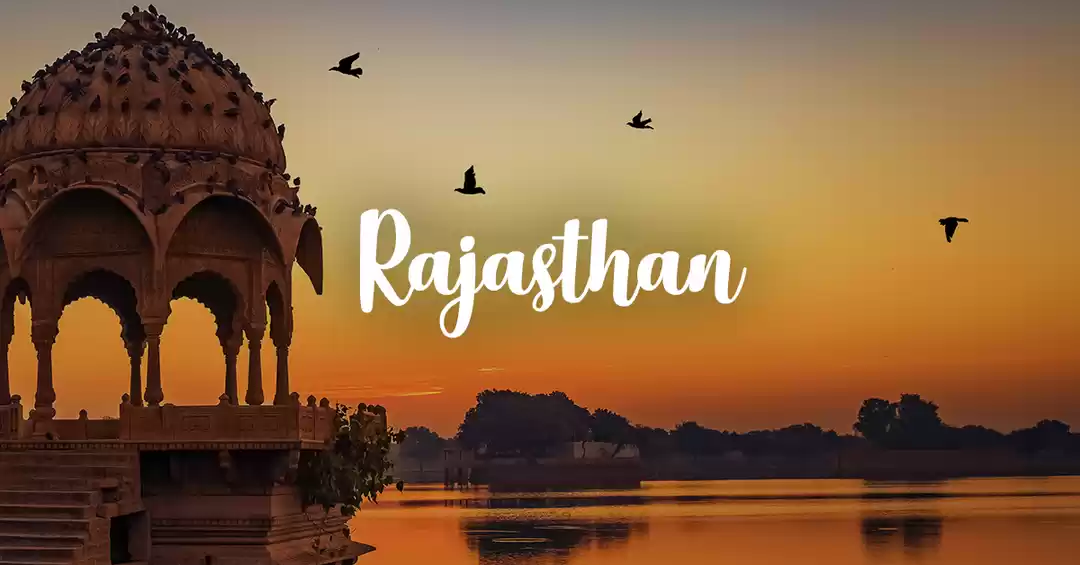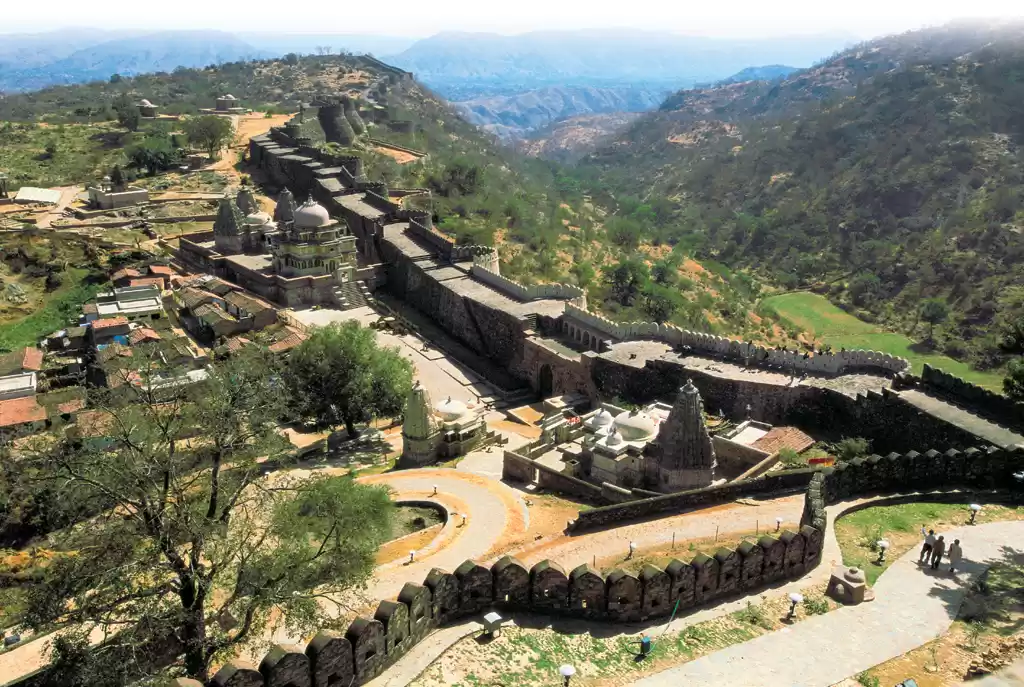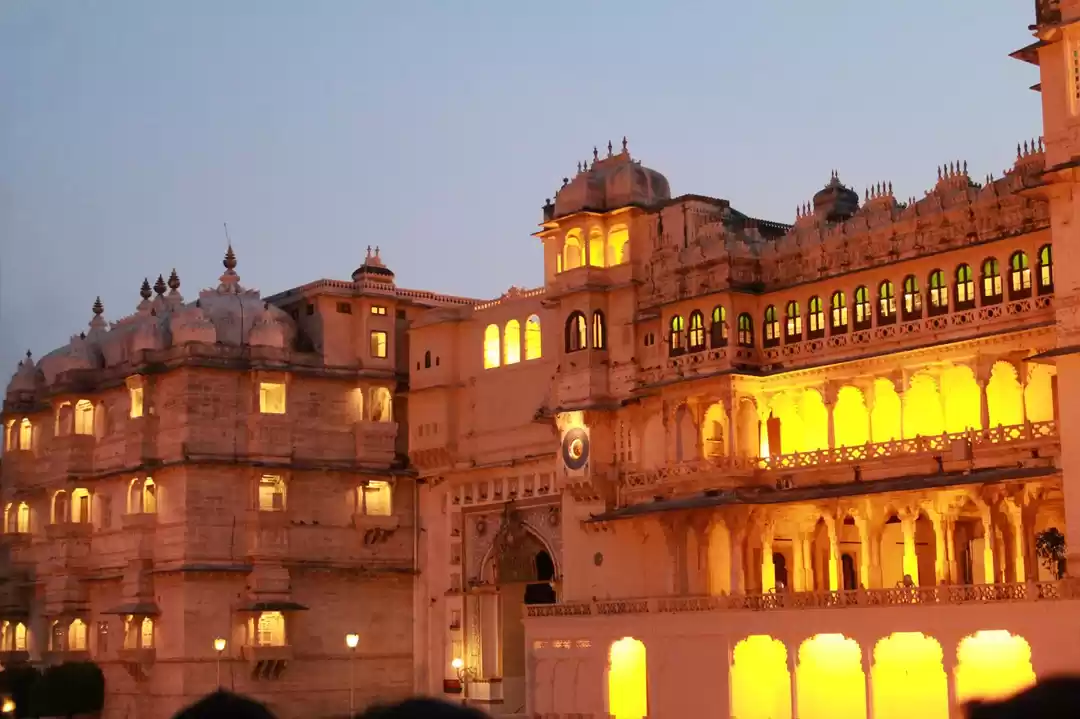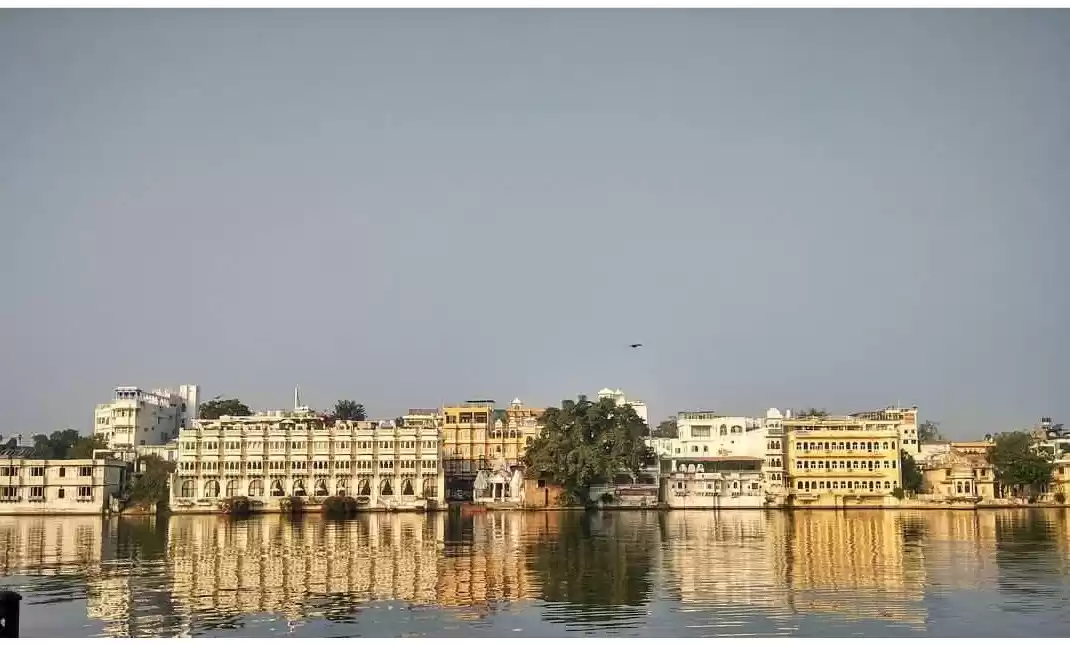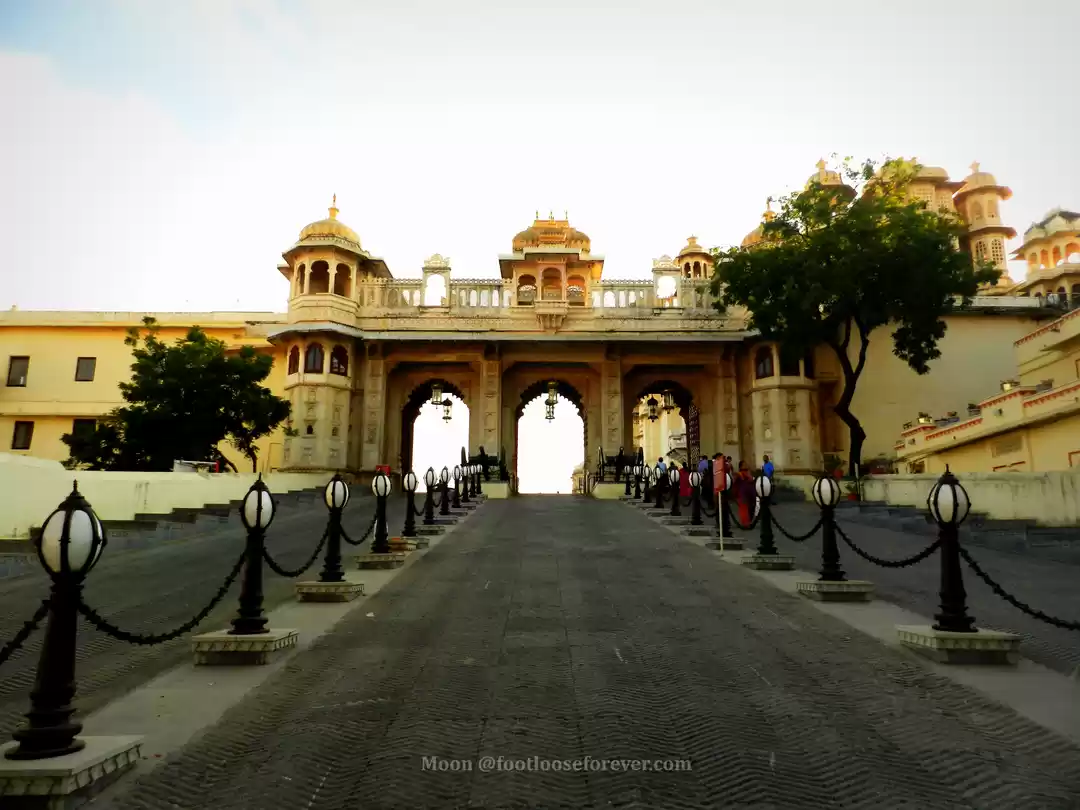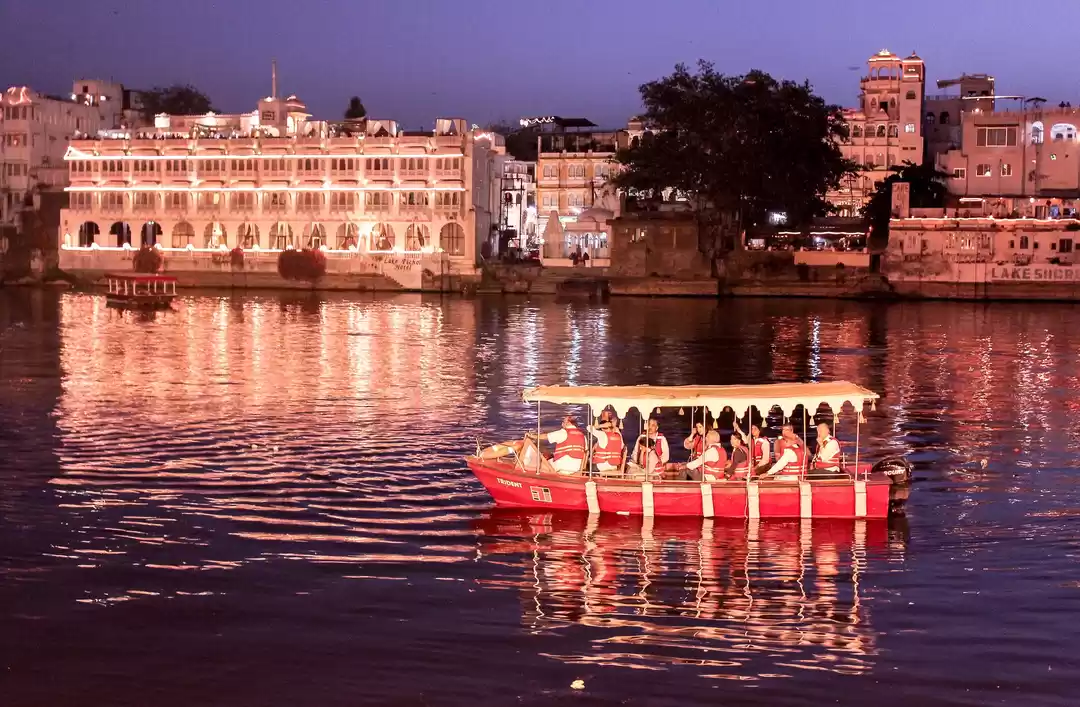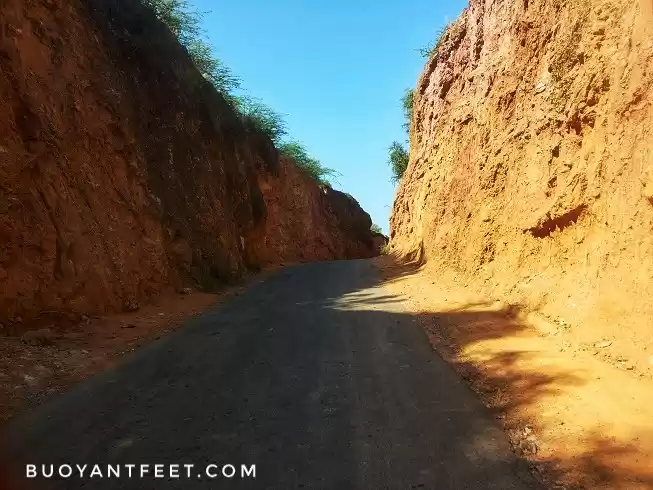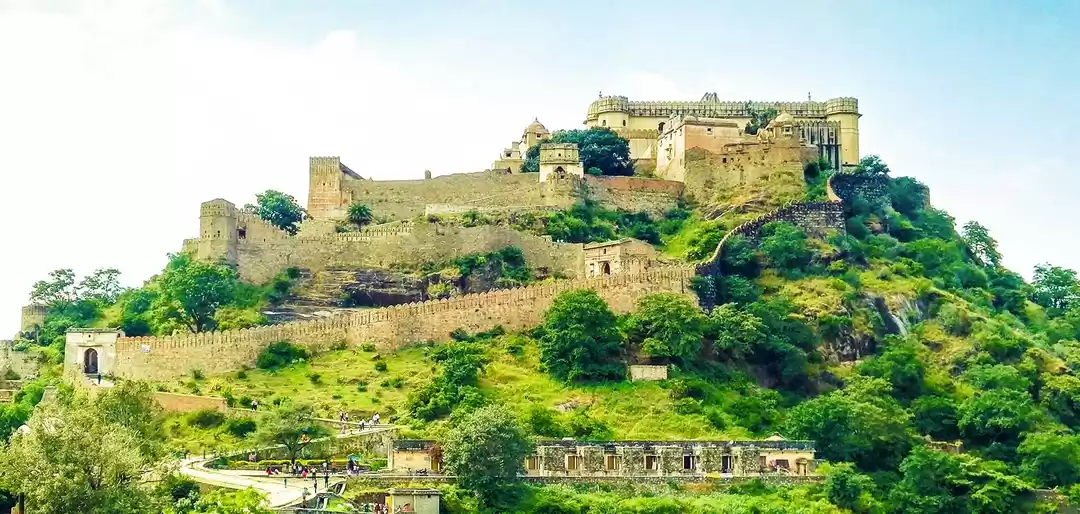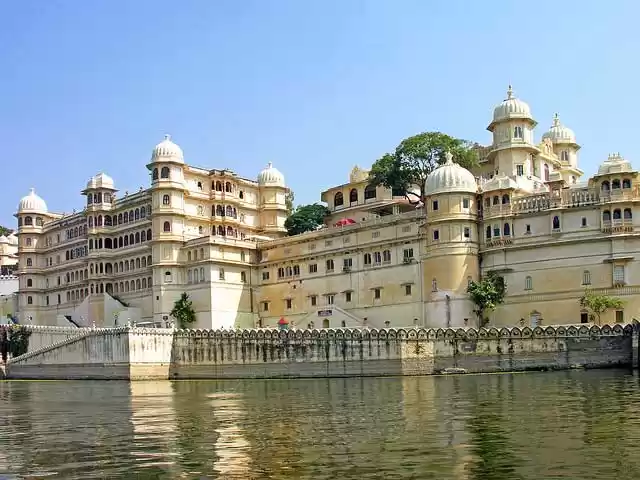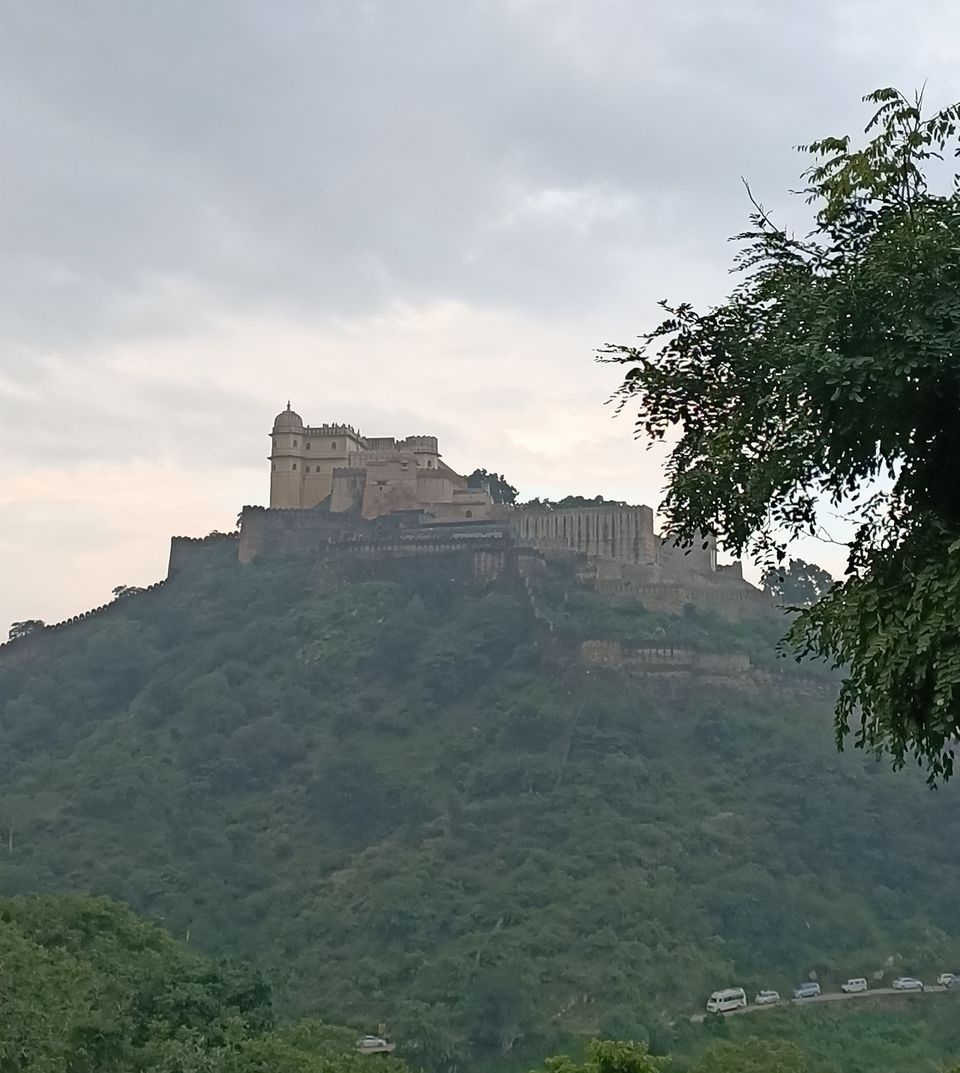
Rajasthan has always been in the travel bucket of everyone and why it wouldn't be, it has rich culture, mouth watering food, great story behind every stunning forts and many more. Every city, Every district is having its own interesting story. I always wanted to travel to rajasthan and the interesting fact is, its such a big state you cant cover every city at one time but now i am living in rajasthan, so my aim is to cover entire rajasthan, every part, primarily those places where most of the tourist doesn't travel and kind of less exposed or unexposed.
I have covered few cities and places so far but i like to start with a less exposed place of rajasthan, as i have mentioned, my prime focus would be less traveled places. The place name "Kumbhalgarh fort- The great wall of India".
Location:-
The fort is located within Kumbhalgarh Wildlife Sanctuary, just over two hours north of Udaipur in the Aravalli Hills of Rajasthan's Rajsamand district.
How to get there:-
Kumbhalgarh is commonly visited on a day trip or side trip from Udaipur. You can easily hire a car and driver from any agent in Udaipur. they generally charge anywhere from 2,800-3,600 rupees for a full day, depending on the type of vehicle.
If budget is a concern and you don't mind a longer (and somewhat inconvenient) journey, buses run every hour or so from Chetak Circle in Udaipur to Kelwara village near the fort. Travel time is about three hours and costs 50 rupees. Get off the bus at Kumbhalgarh Circle circle, about 2 k.m before the fort, and take a jeep taxi from there. Local buses run between Kumbhalgarh Circle and Kelwara.
The fort is officially open daily from 9 a.m. to 6 p.m., . People. Entry tickets cost 35 rupees for Indians and 600 rupees for foreigners. There's no entry charge for children under 15 years of age.
History:-
Kumbhalgarh is named after Mewar king Rana Kumbha, who built it from 1443 to 1458. During his reign, the king focused on fort planning and architecture. He and his architect, Mandan, are acclaimed for experimenting with and perfecting Rajput fort design, adding many new innovations. Apparently, Rana Kumbha constructed or restored 32 forts. This included strengthening the walls of Chittorgarh Fort.
It's said that site of Kumbhalgarh Fort was originally settled by a Jain prince, Samprati, in the 2nd century BC. Its isolated and concealed position, atop a lofty hill surrounded by concentric hills and valleys, gave it a commanding view and strategic importance. Previous Mewar rulers were familiar with the site's potential. However, it was Rana Kumbha who harnessed it and meticulously developed it, by taking advantage of the terrain's natural contours. What's particularly ingeniousness about the fort's colossal wall is that it follows the contours instead of a straight path.
The wall snakes for an astonishing 36 kilometers (22 miles) over 13 hills. Making such an extensive protective boundary around a fort hadn't been done before. What also sets Kumbhalgarh apart from many other forts in India is that it was conceived and constructed in a single phase.
Unfortunately, Rana Kumbha was killed by his son Udai Singh I in 1468, not long after Kumbhalgarh was built. The fort lost its glory for many decades after that but was revived to play a key role in the Mewar kingdom's history. After Sultan Bahadur Shah of Gujarat besieged Chittorgarh Fort in 1535, the heir to the throne, Udai Singh II, was sent to Kumbhalgarh for safety. He was coronated inside the fort in 1540 and his son, heroic king and warrior Maharana Pratap (great great grandson of Rana Kumbha), was born there the same year.
Udai Singh II went on to found Udaipur, before dying in 1572. Maharana Pratap spent much of his reign at war with powerful Mughal Emperor Akbar. Unlike neighboring Rajput rulers, he refused to give in to the Mughals. This resulted in the horrific battle of Haldi Ghati in 1576. Although the Mughals won, Maharana Pratap managed to escape.
The Mughals continued to try and capture Kumbhalgarh but failed. To gain access, they had to resort to poisoning its water supply, in 1579. This enabled them to occupy the fort for a few years, until Maharana Pratap recovered it in the 1582 Battle of Dewair near Haldi Ghati. The Mewar king's victory was overturned in the 17th century though, when Rana Amar Singh I (Manarana Pratap's son) reluctantly gave up the fight and surrendered to Mughal Emperor Jehangir in 1615. Kumbhalgarh's importance waned from then on.
Violent invasion of Marathas, from present-day Maharashtra, became the main threat in the 18th century after the decline of the Mughals. It wasn't until the early 19th century that the fort was finally returned to the Mewar kings, when Maharana Bhim Singh signed an alliance treaty with the British East India Company in 1818.
During his reign from 1884 to 1930, Maharana Fateh Singh carried out restoration works at Kumbhalgarh. The visionary king was an avid builder. He added the Badal Mahal at the fort's highest point
